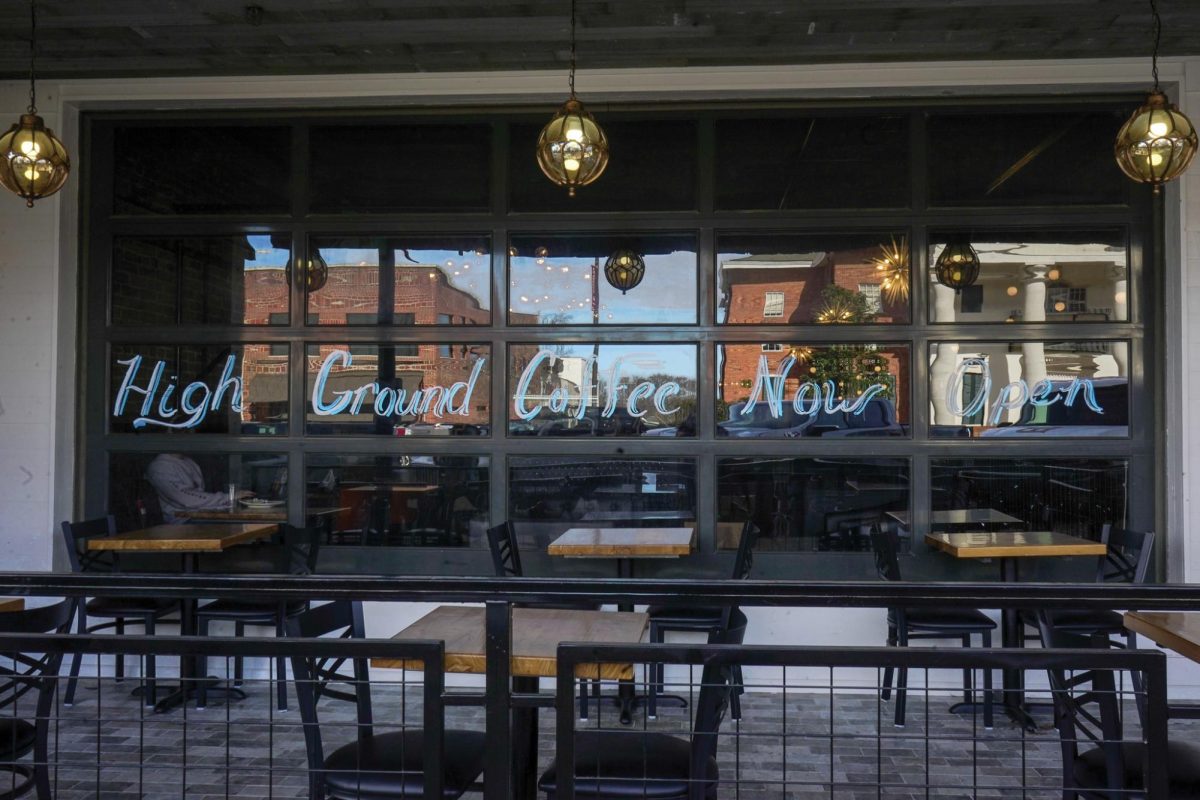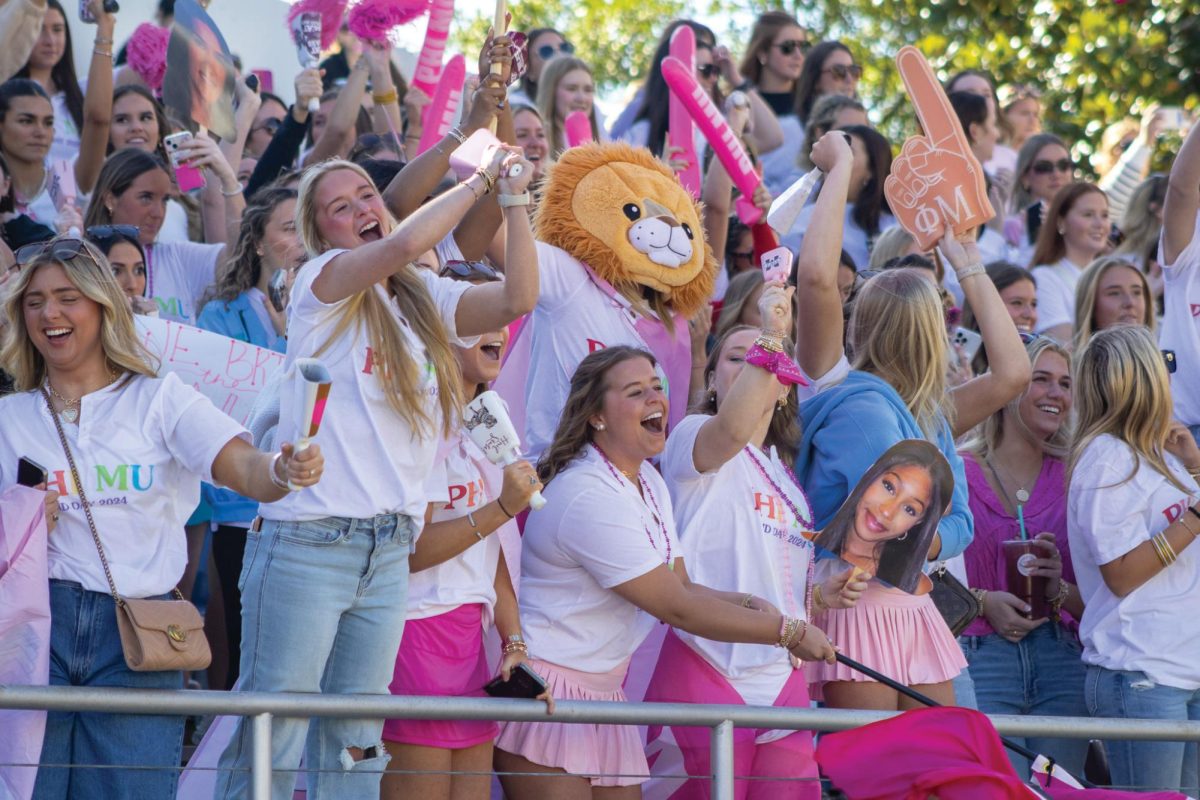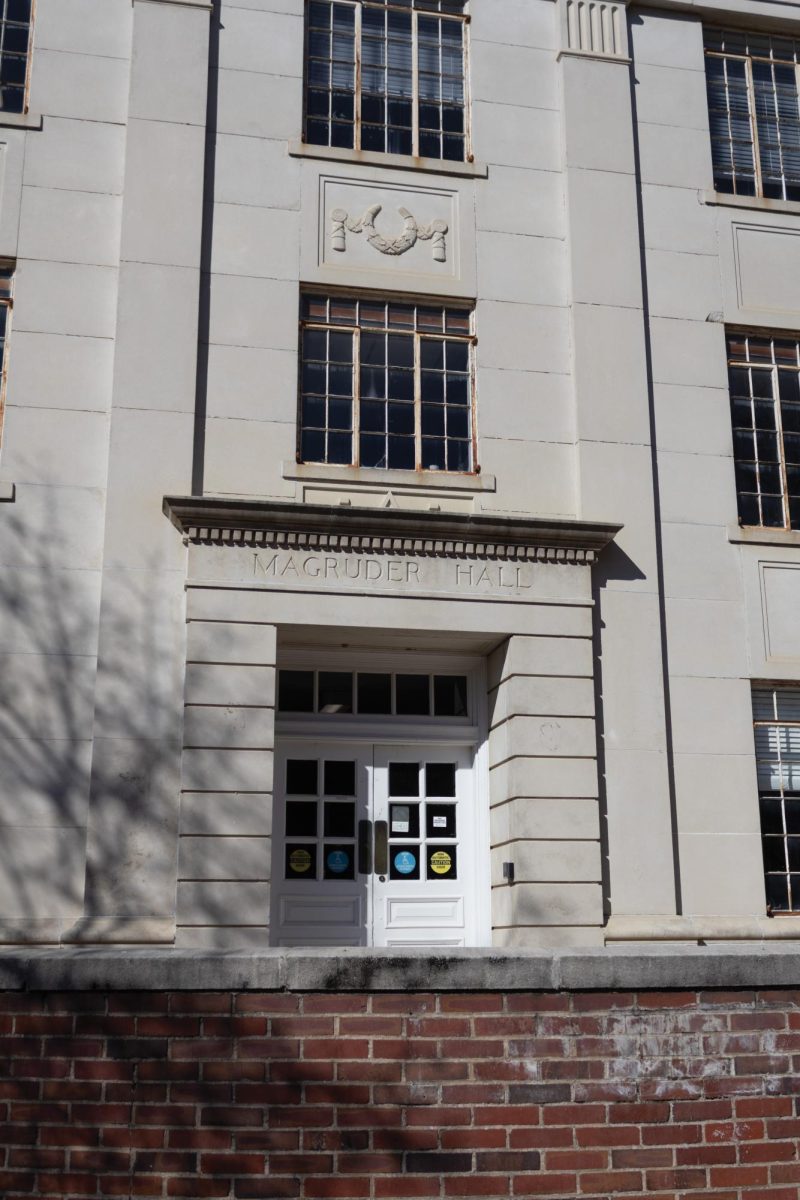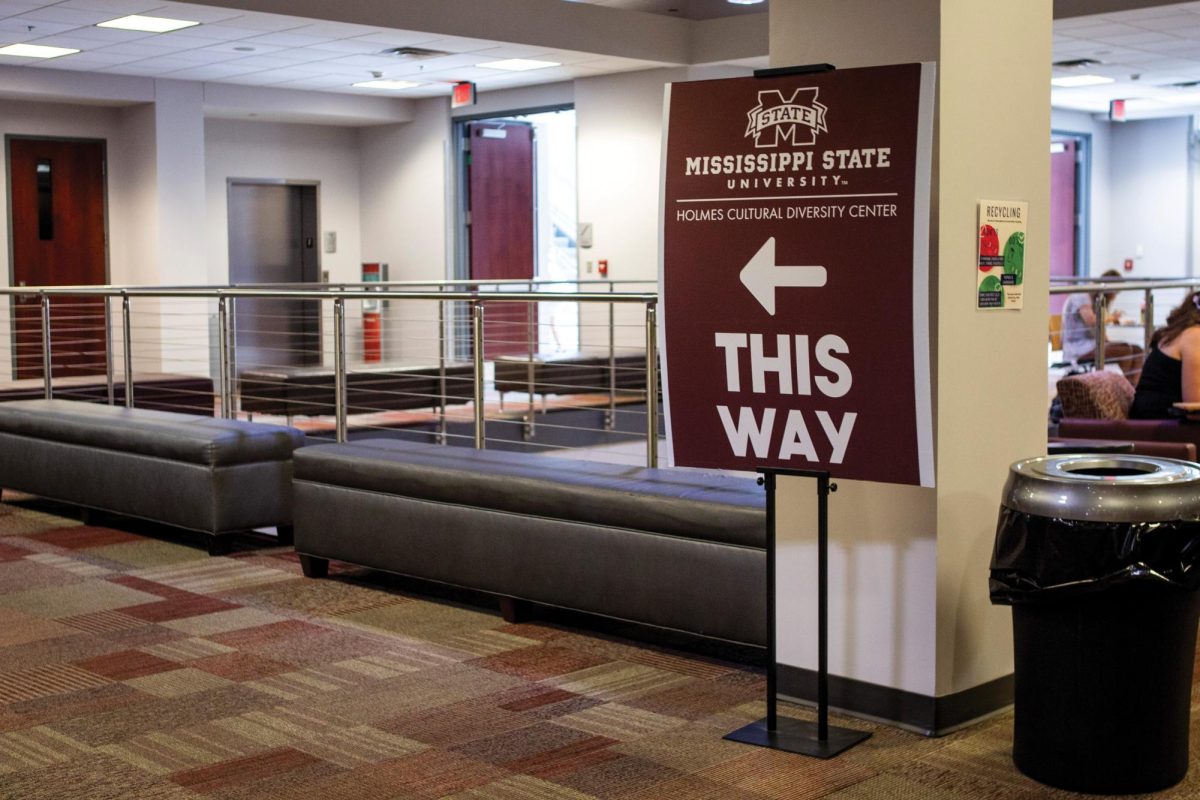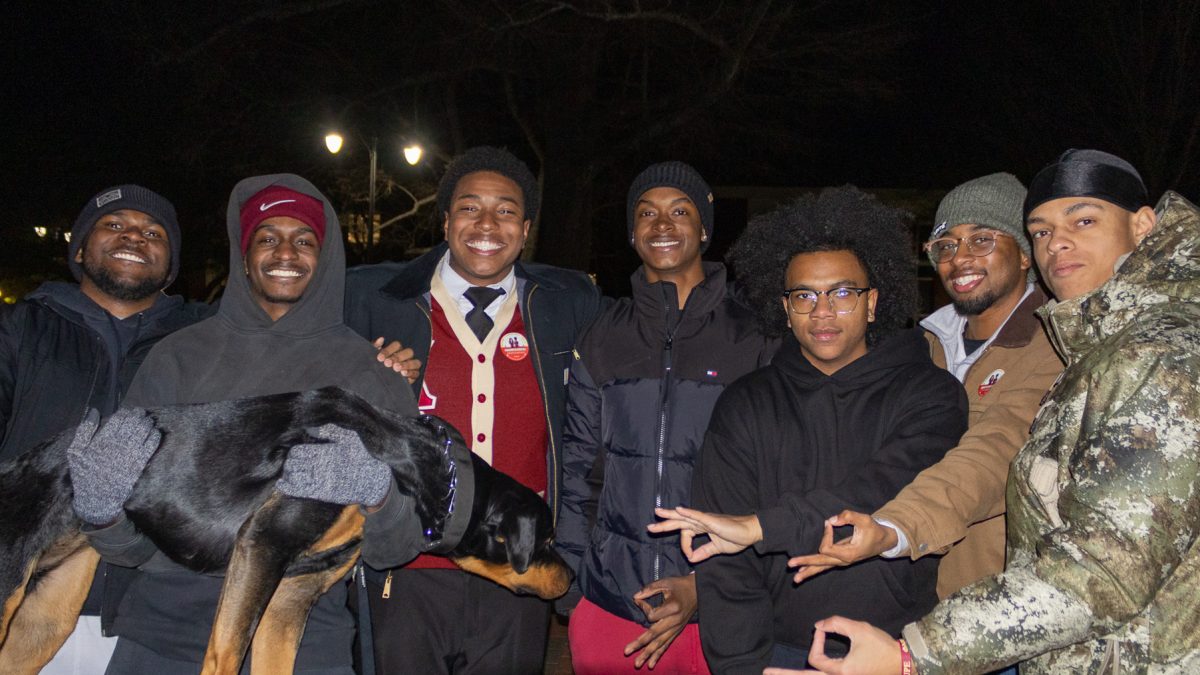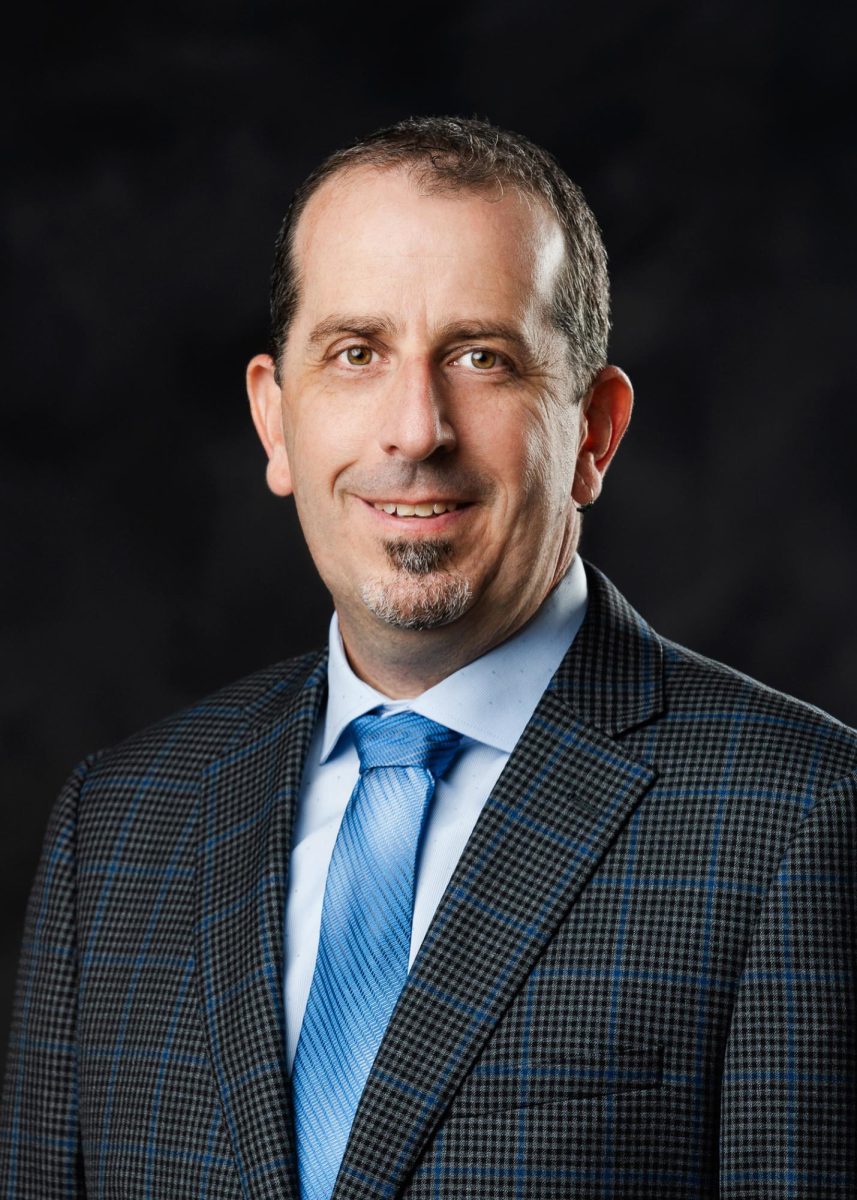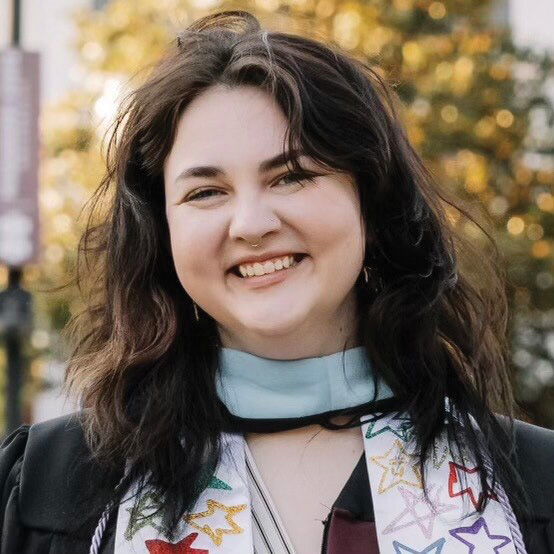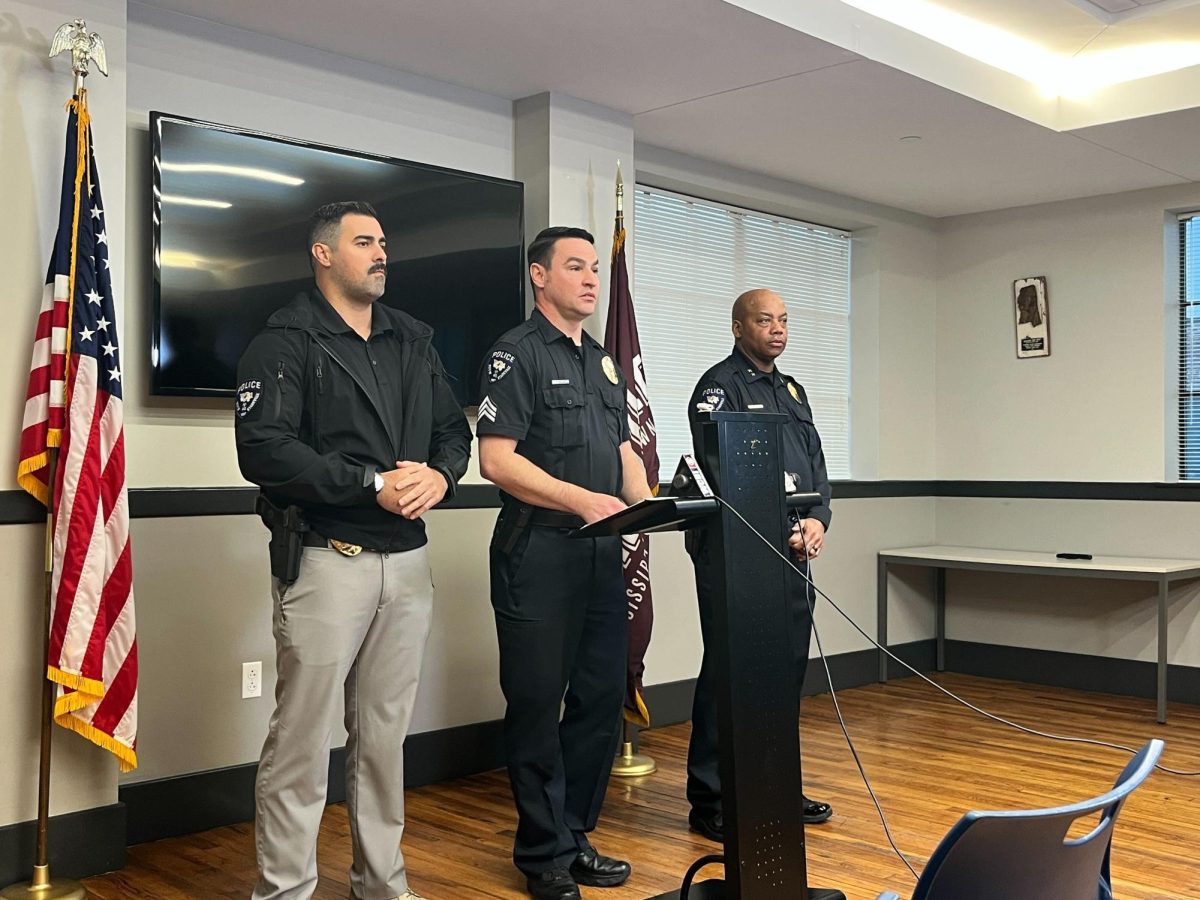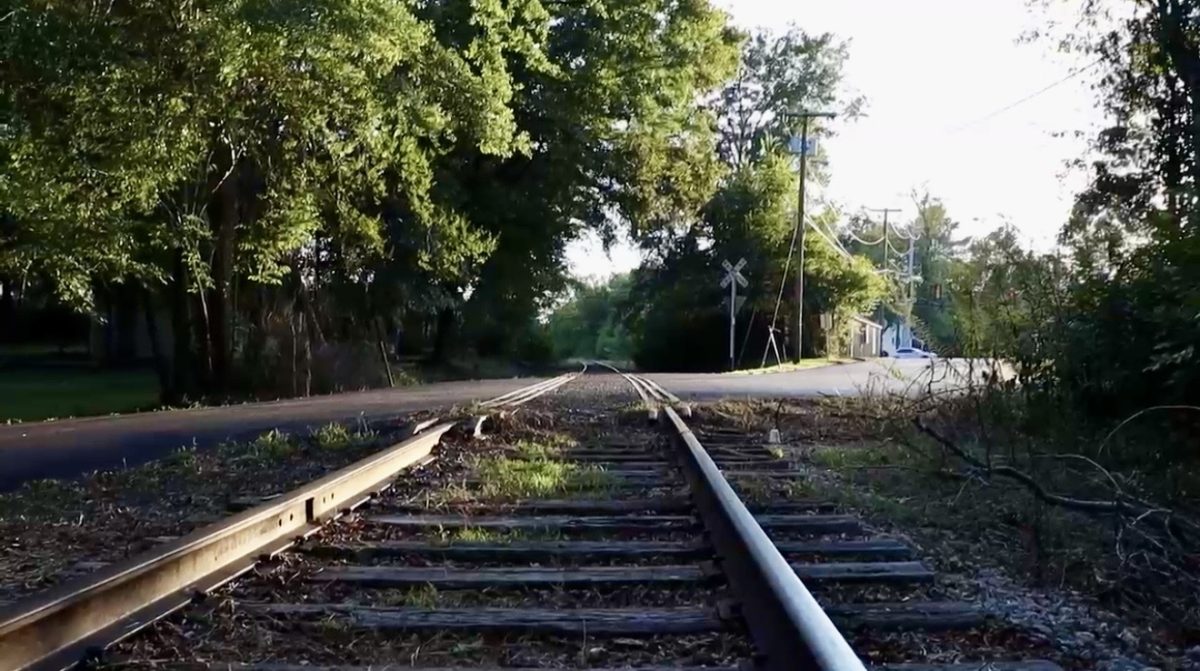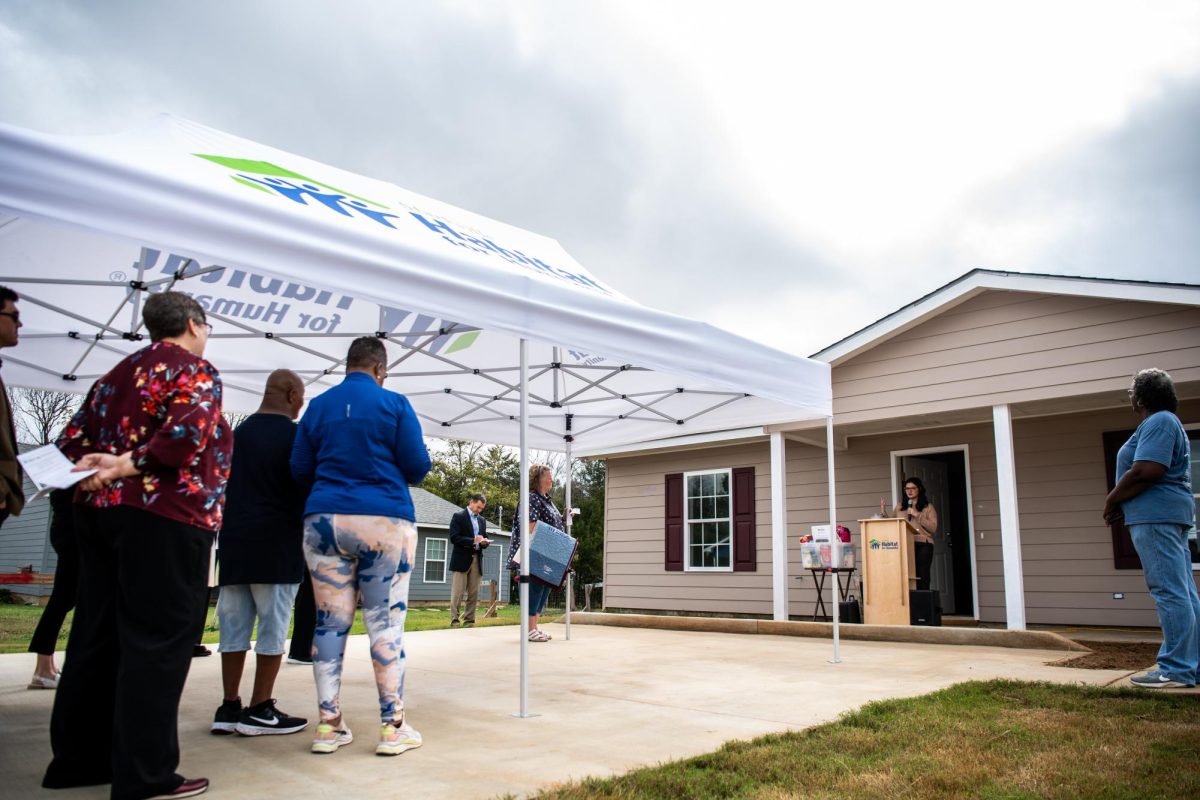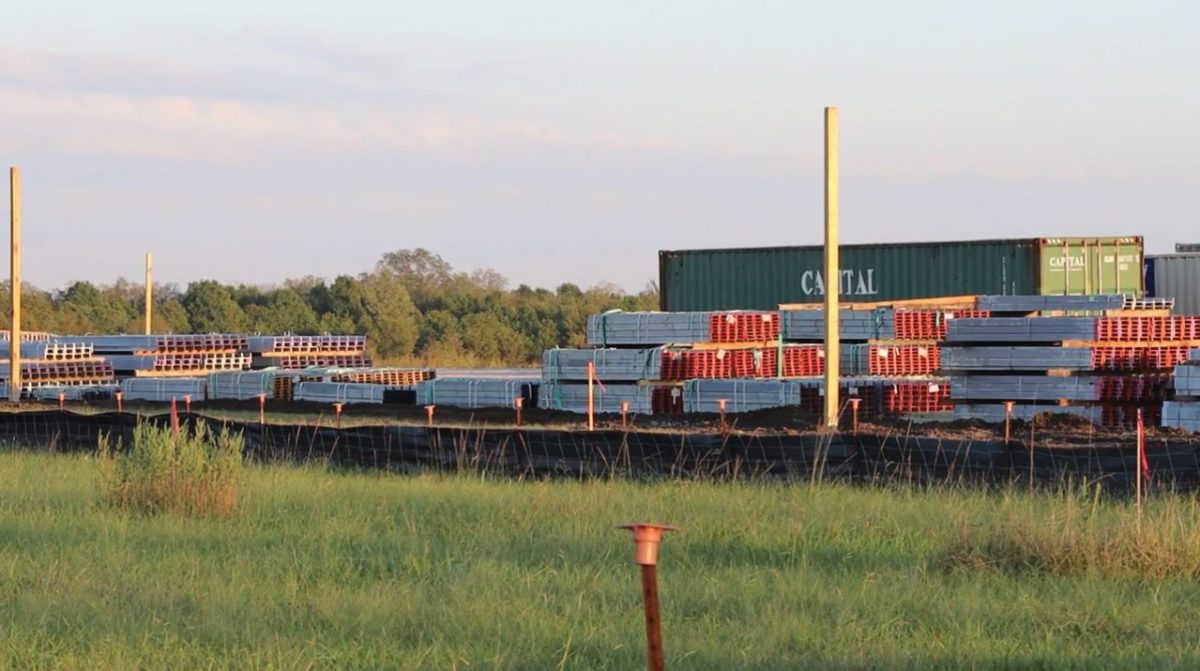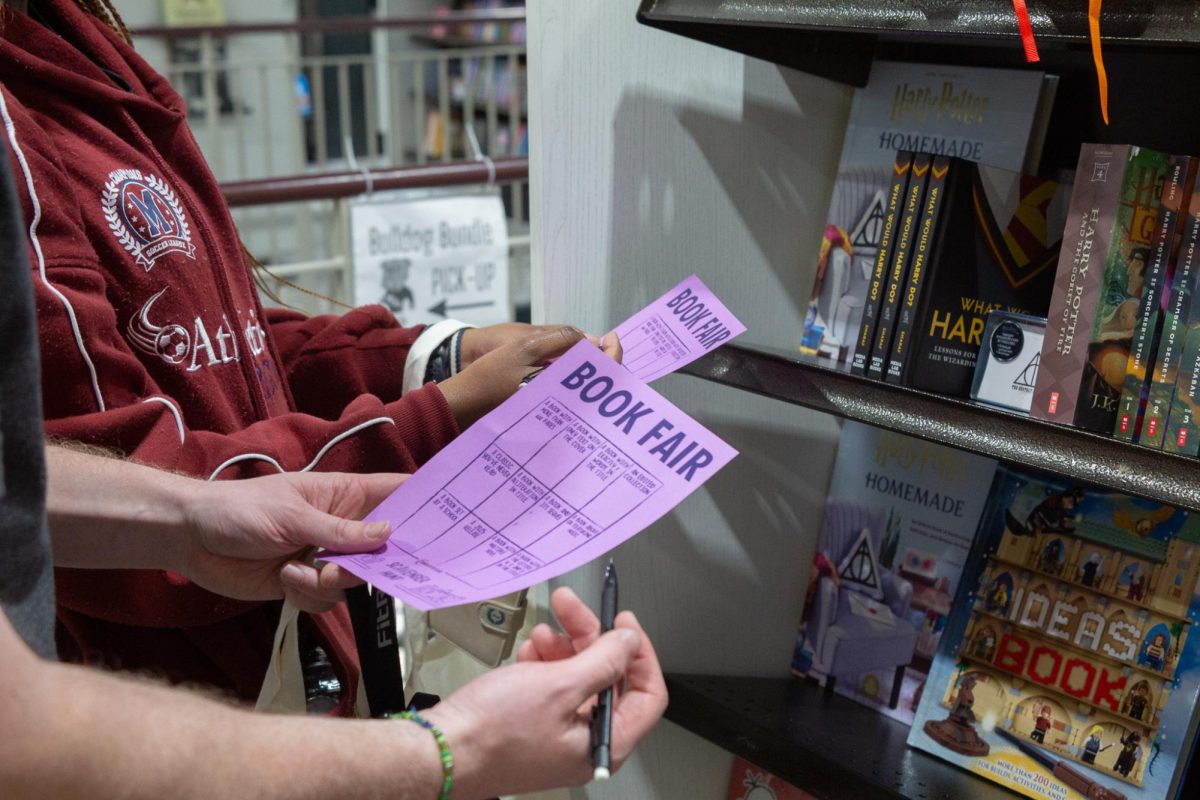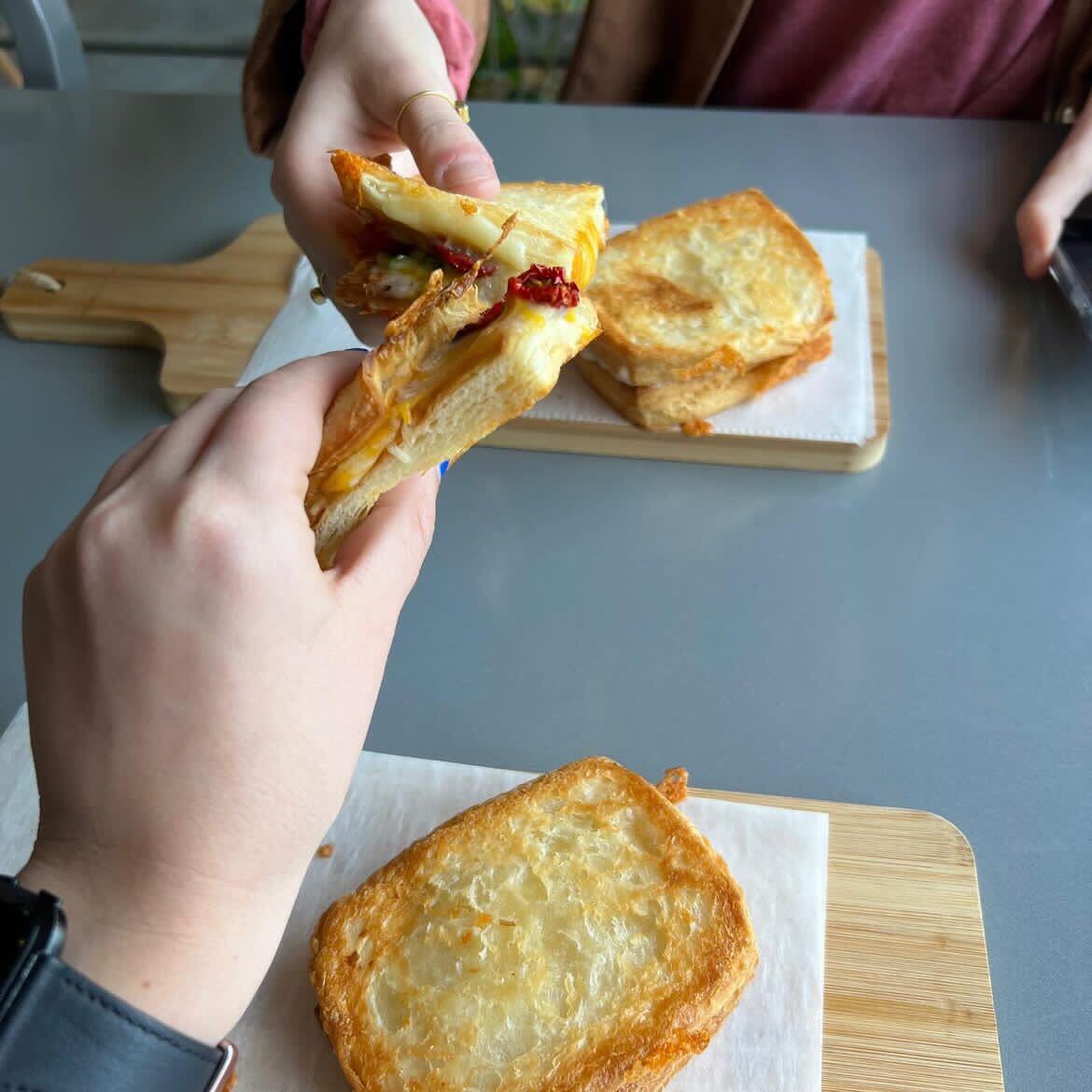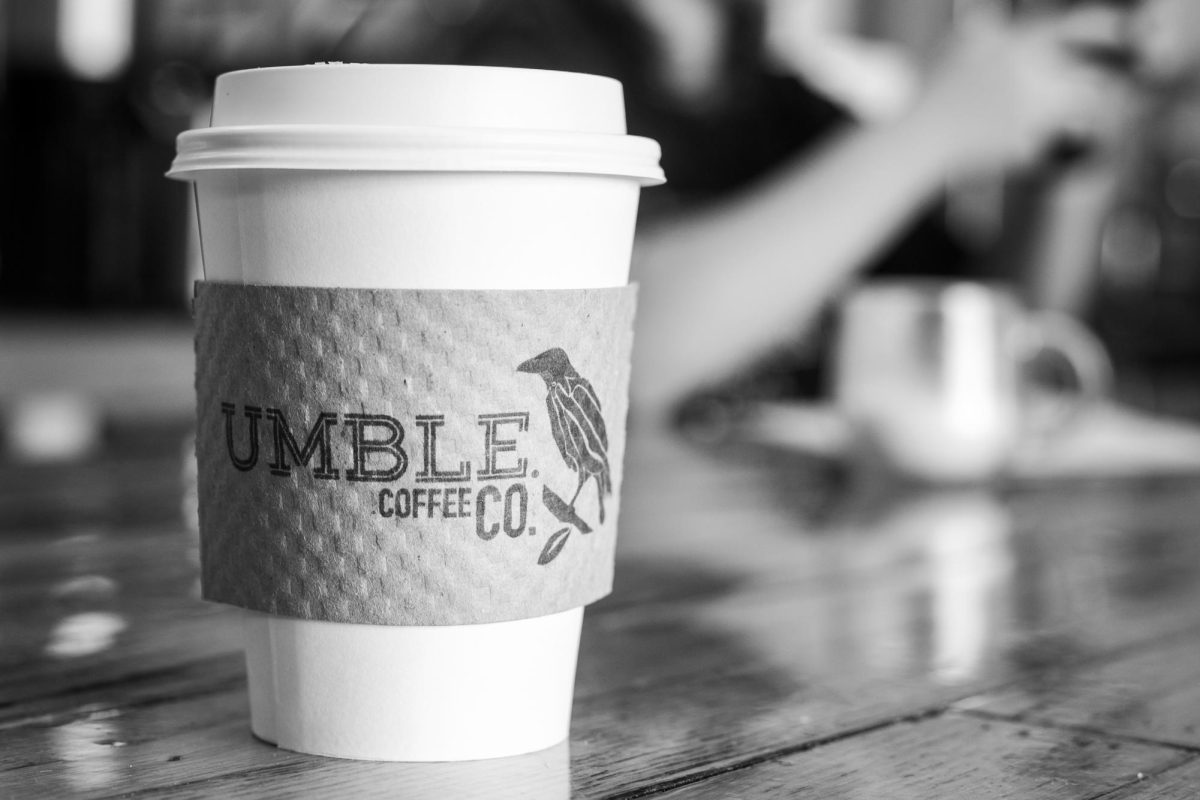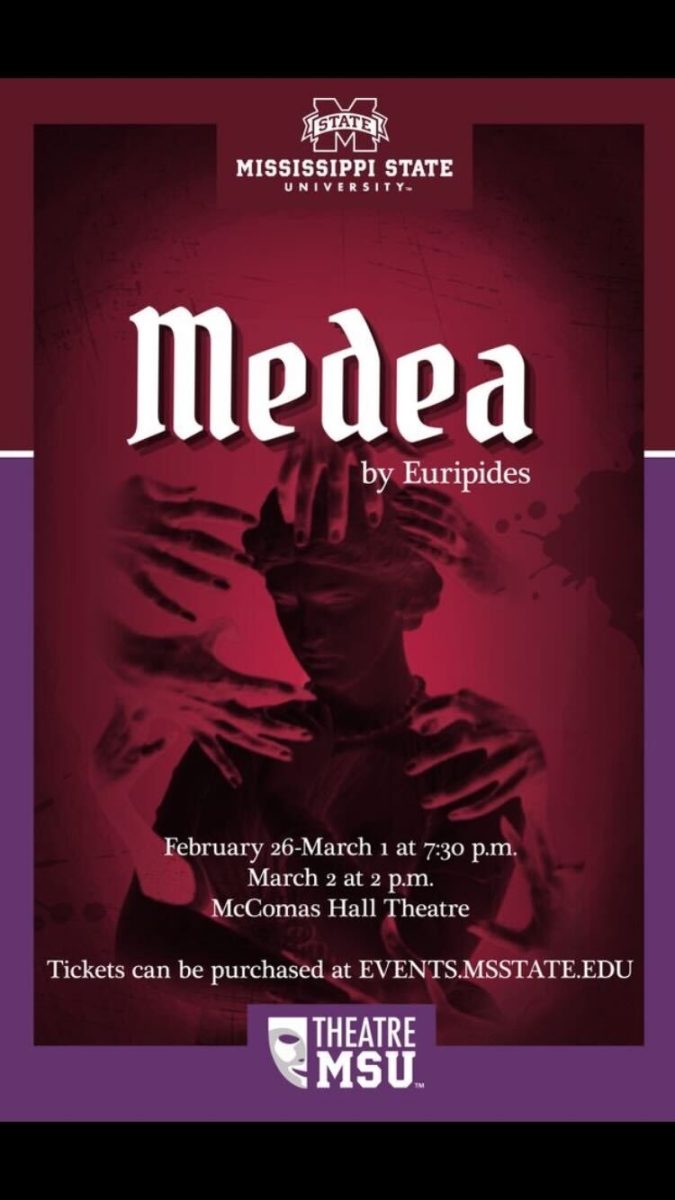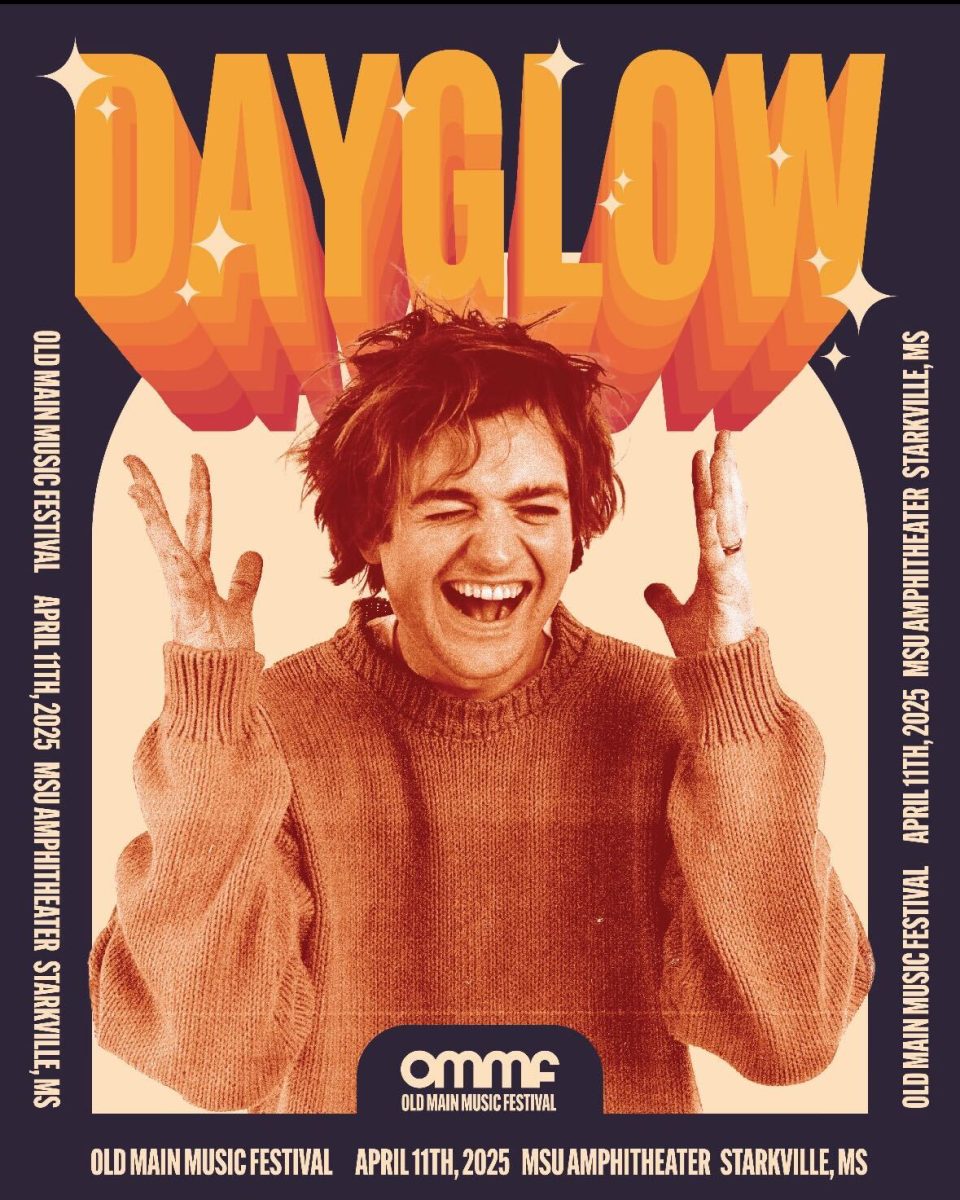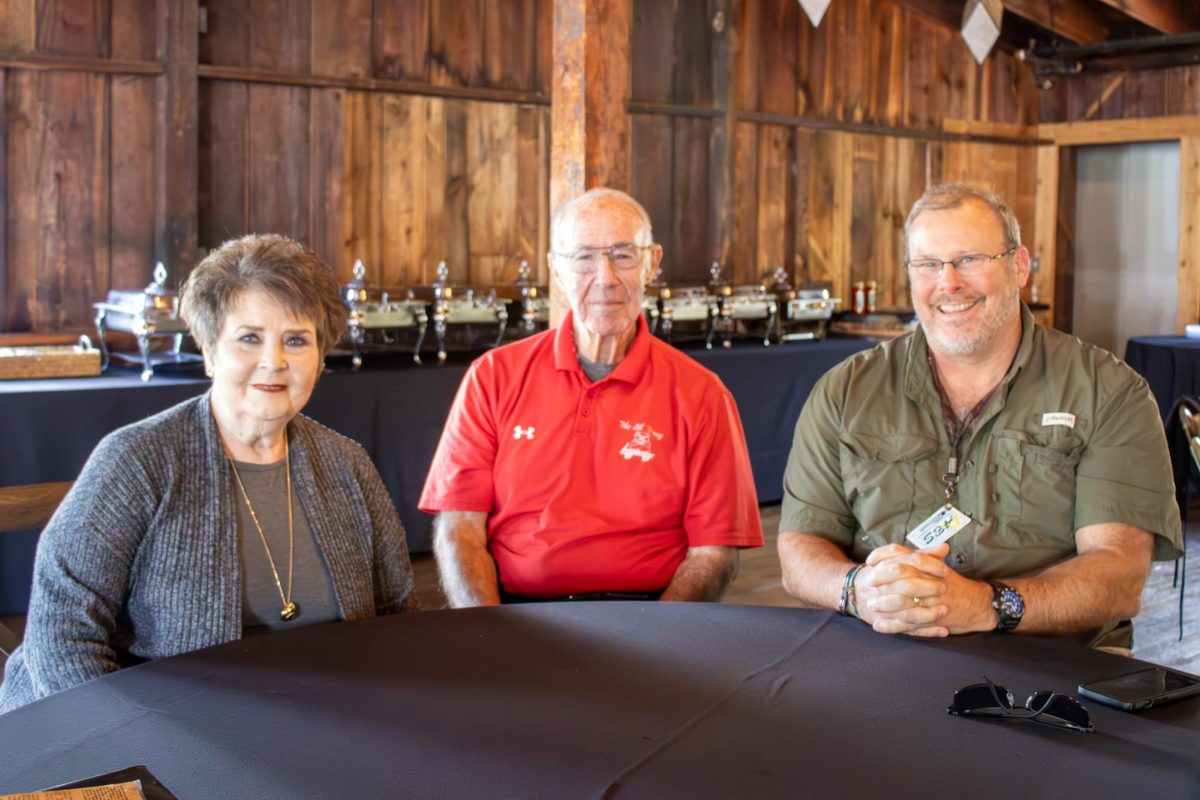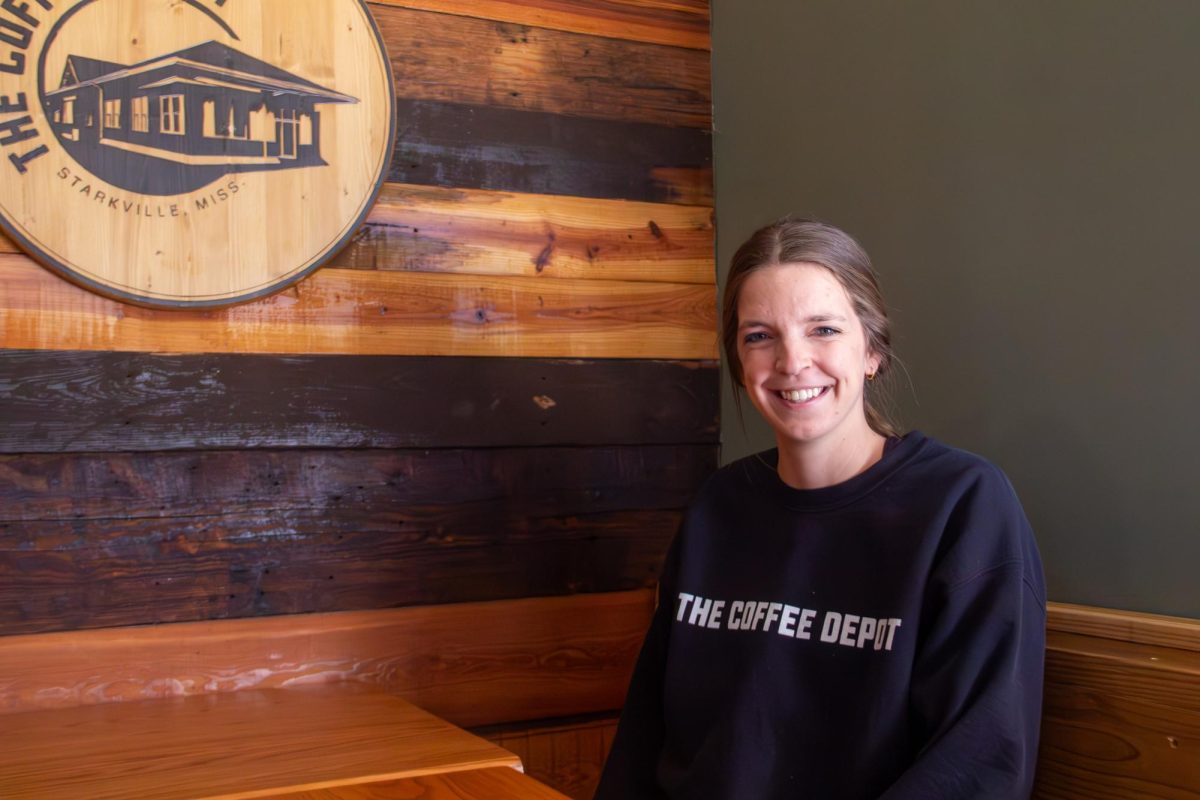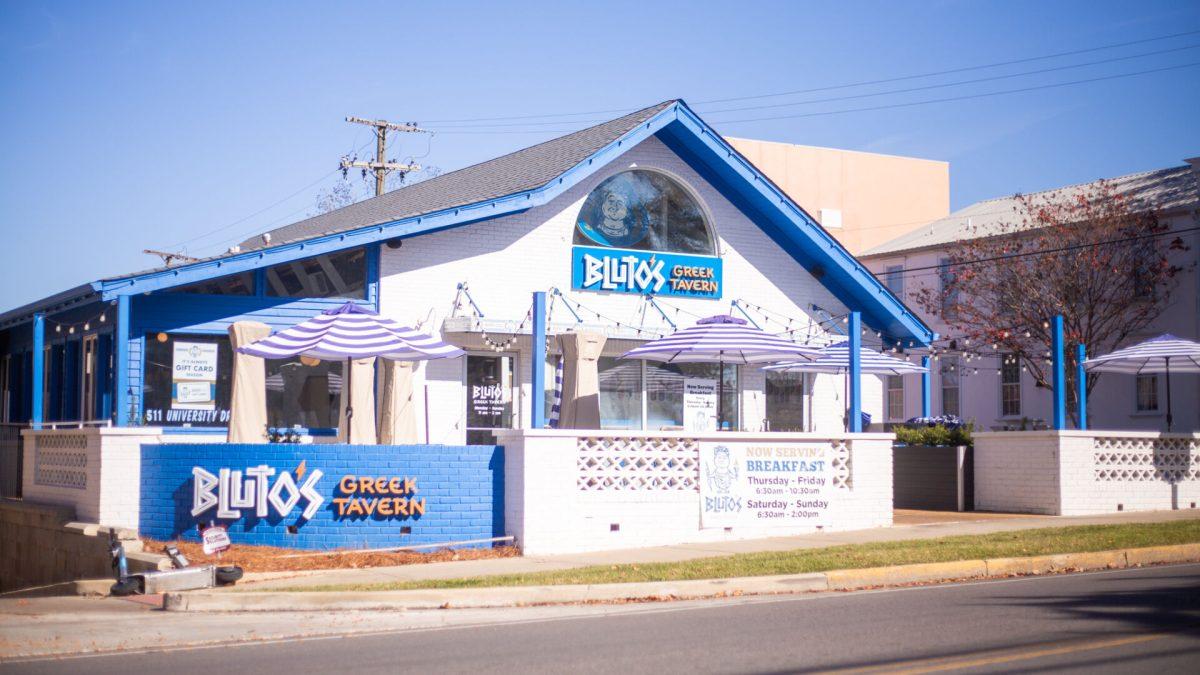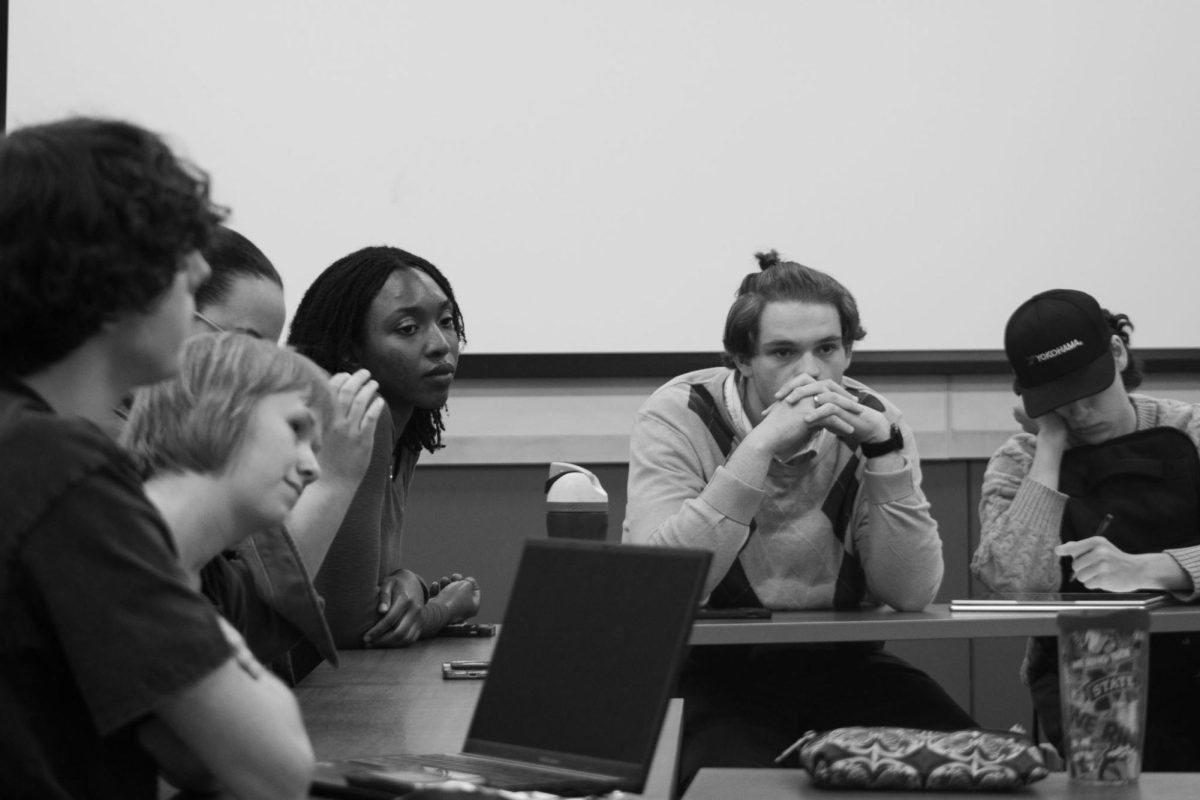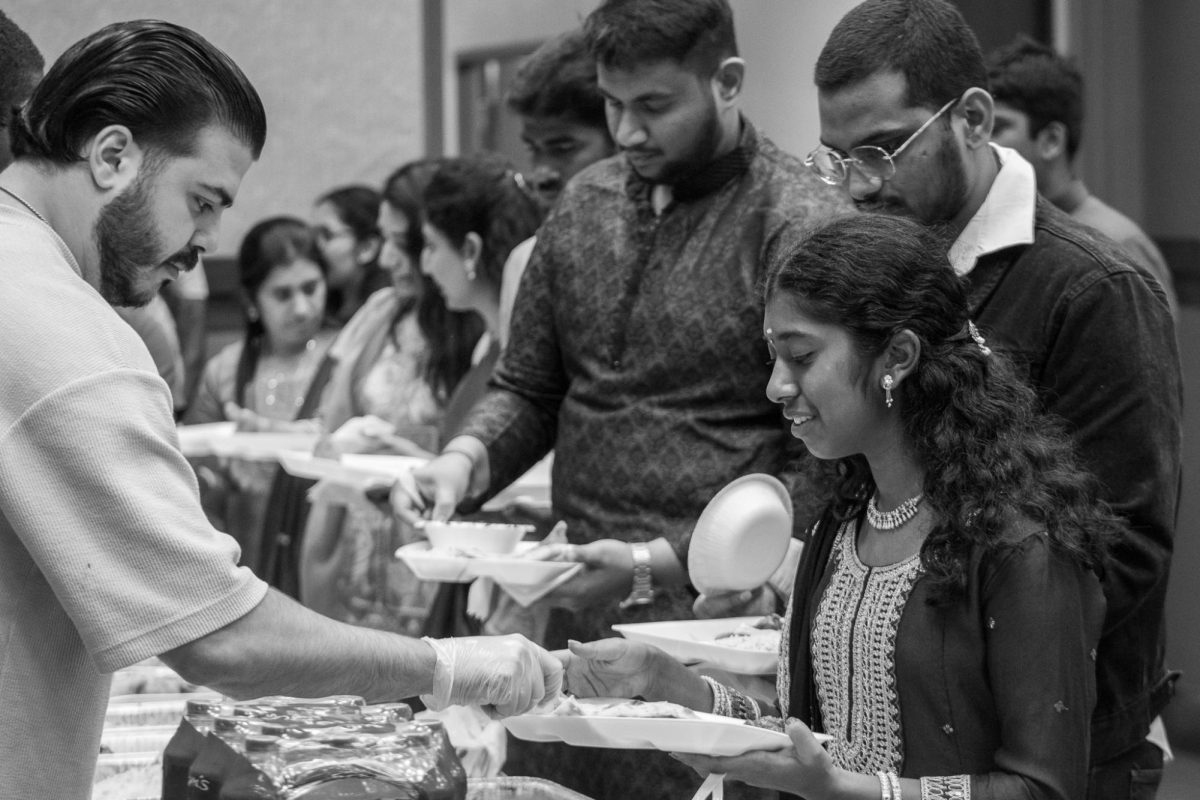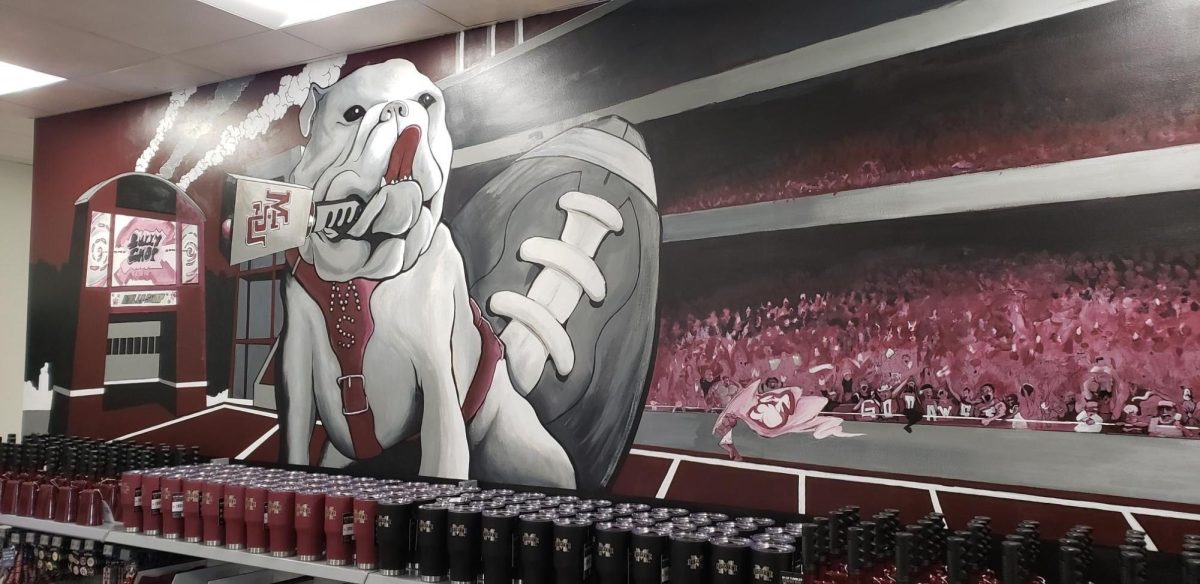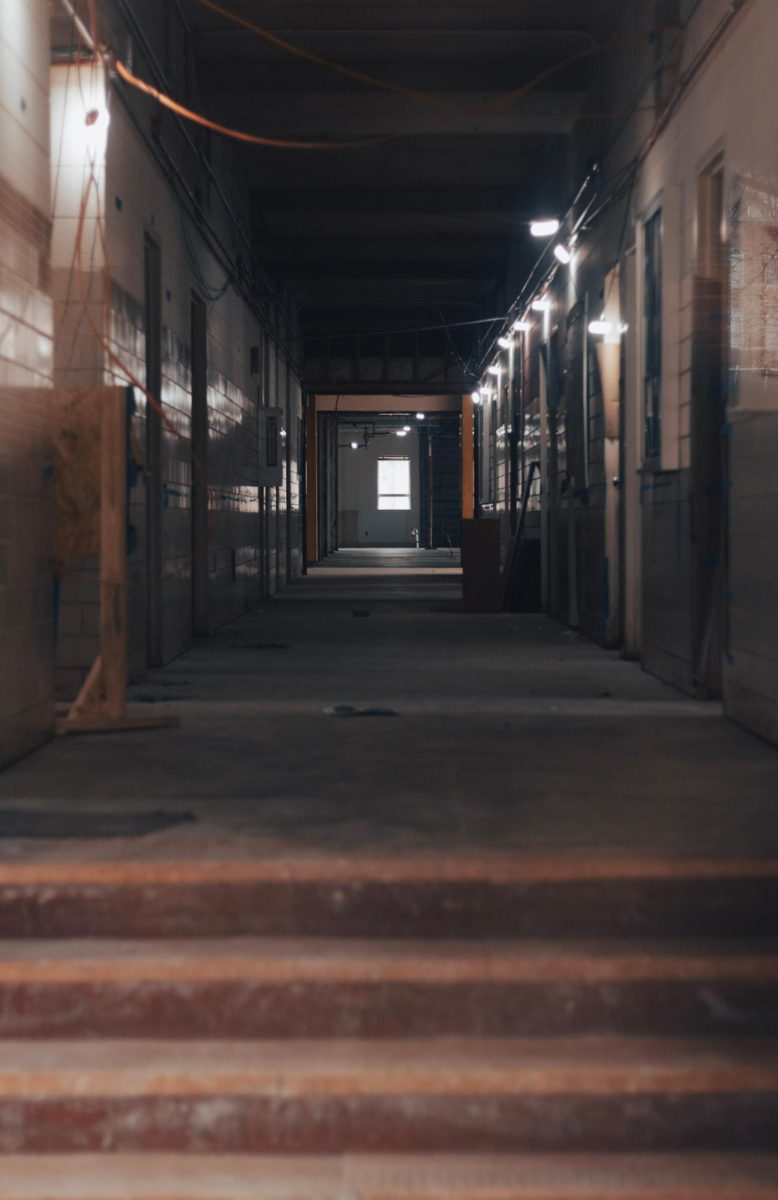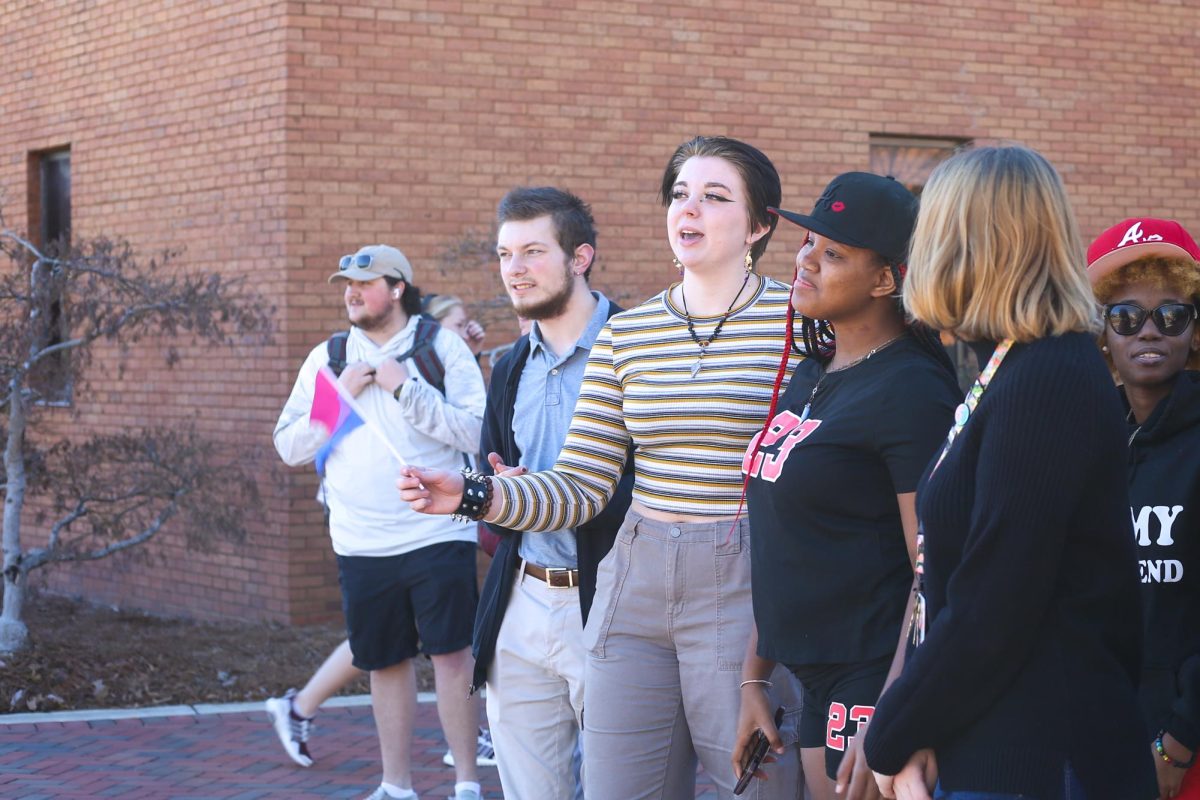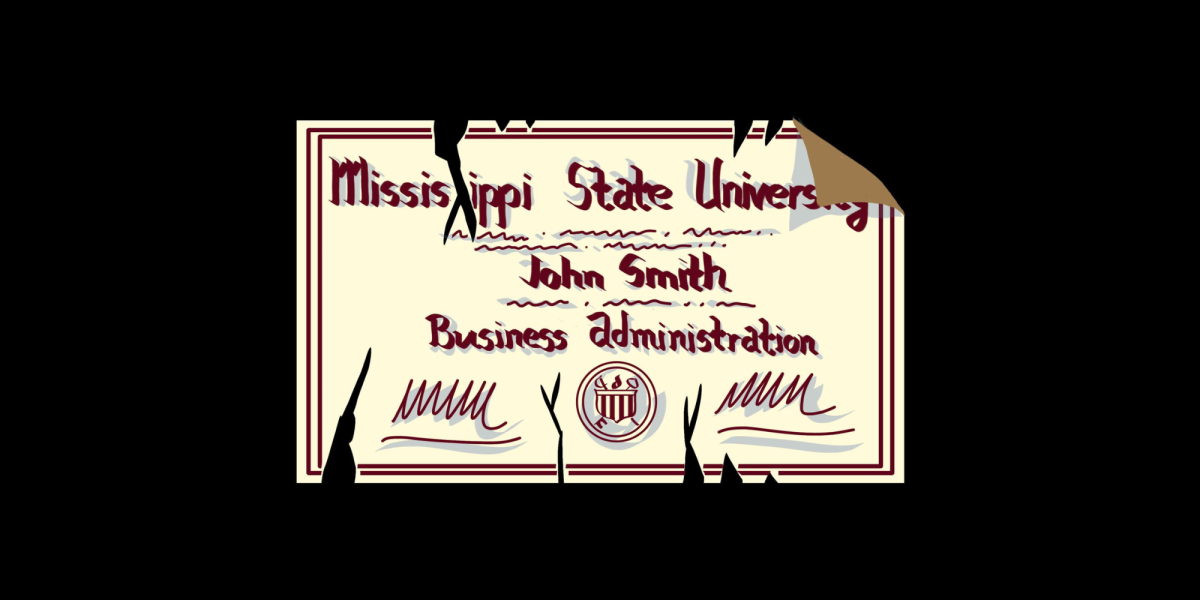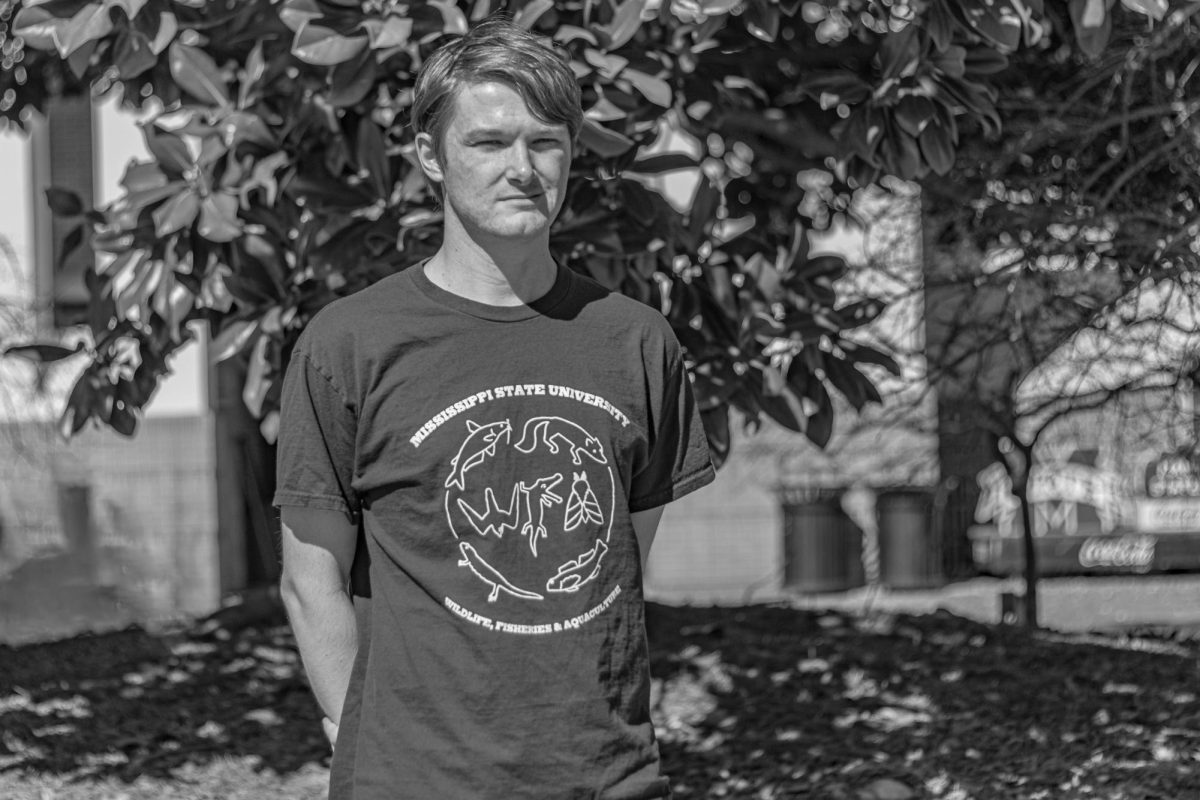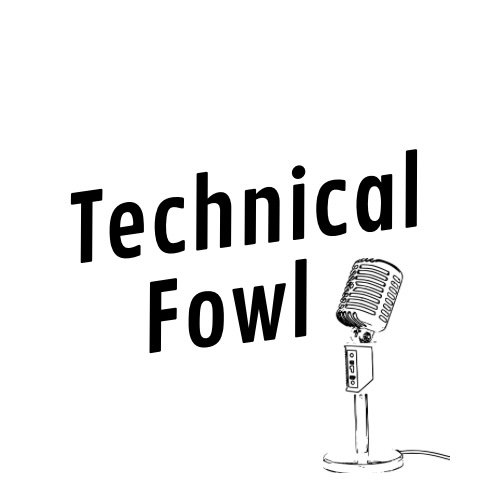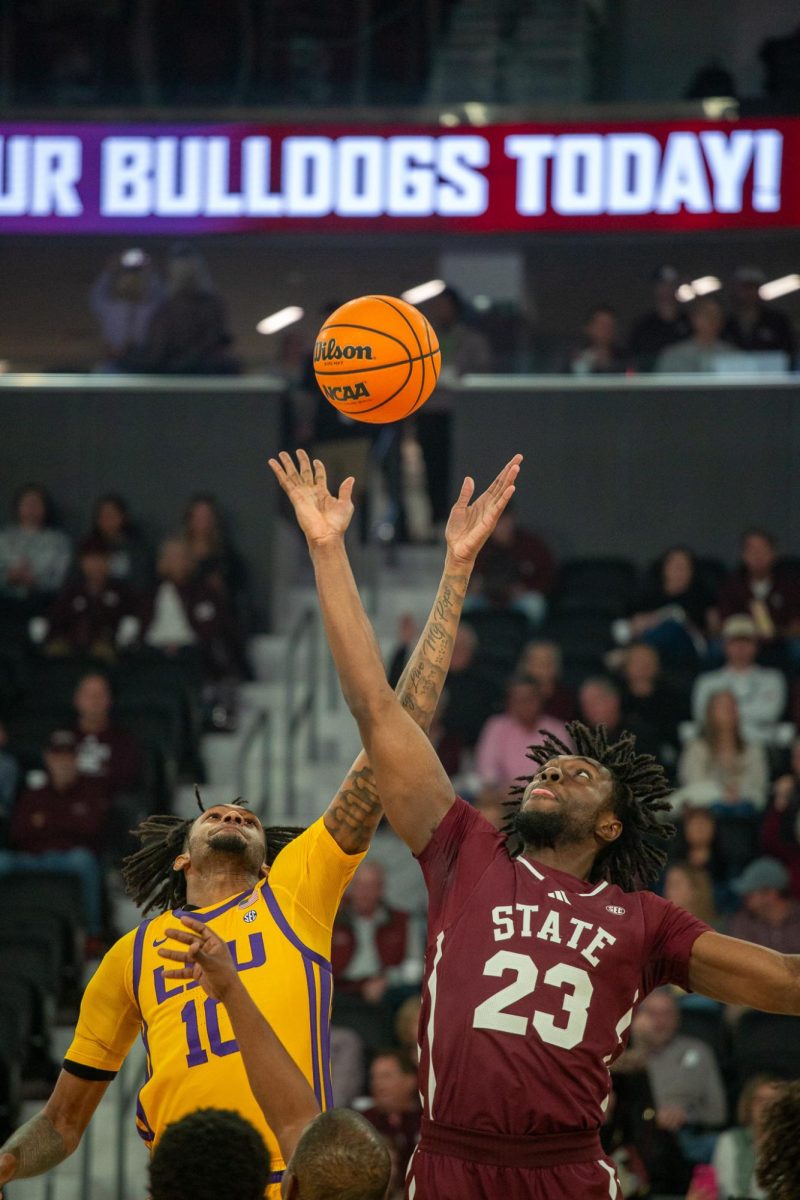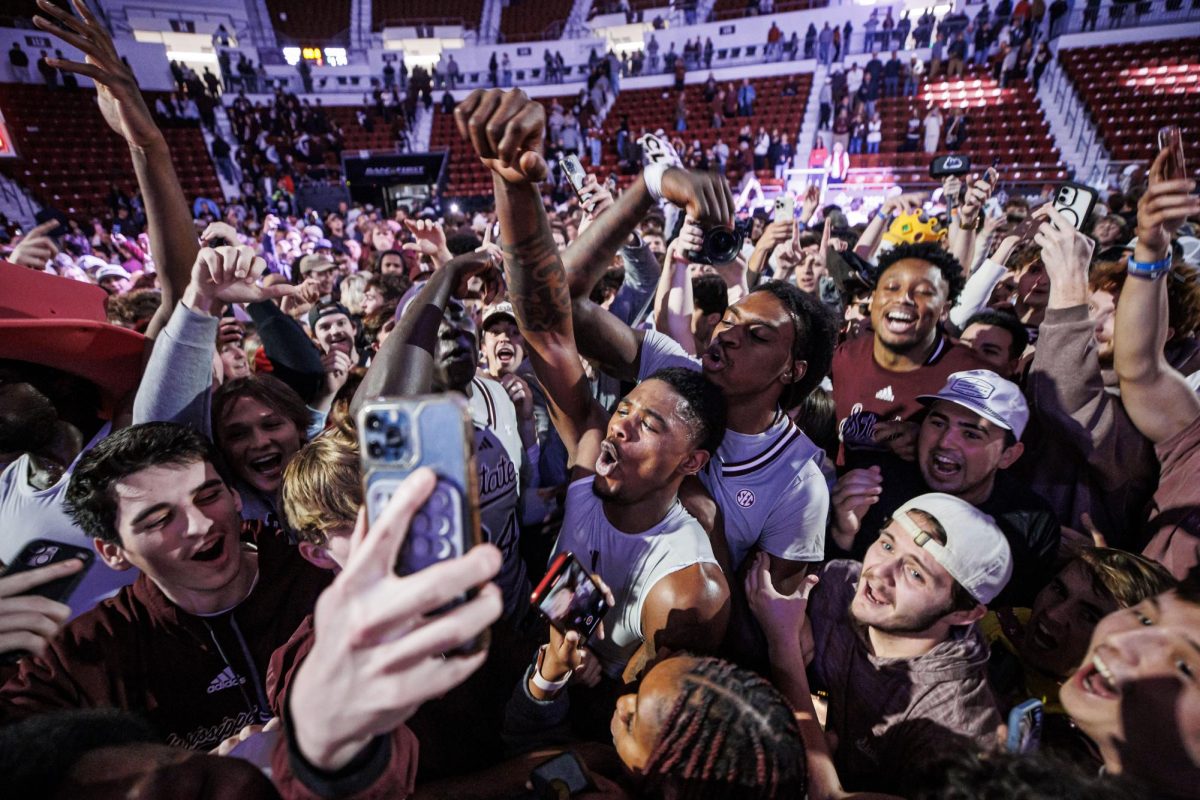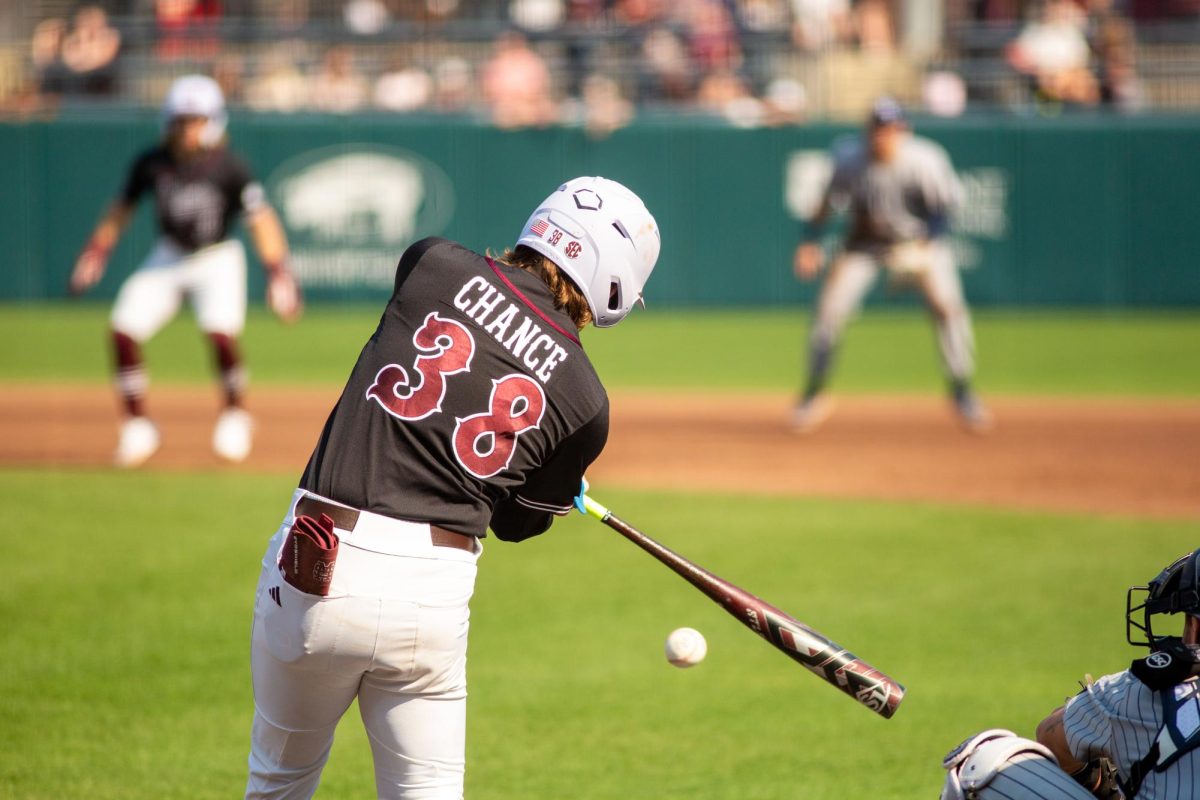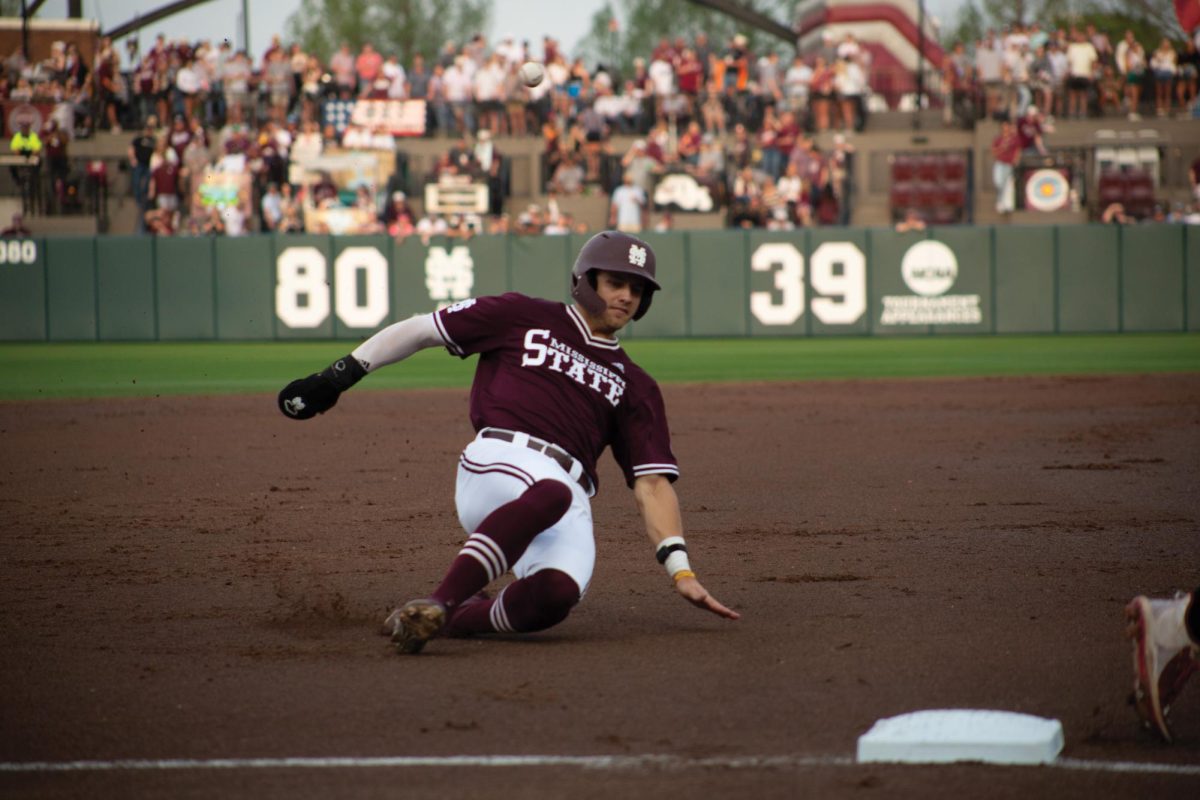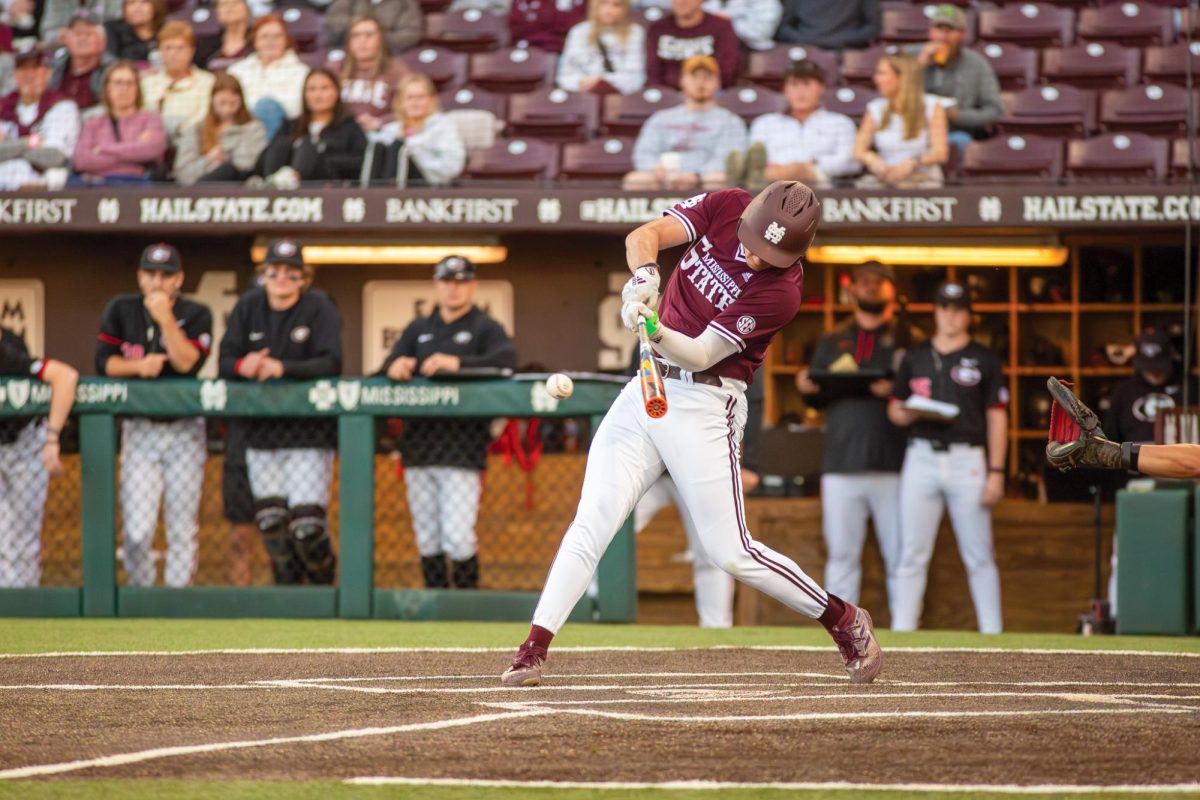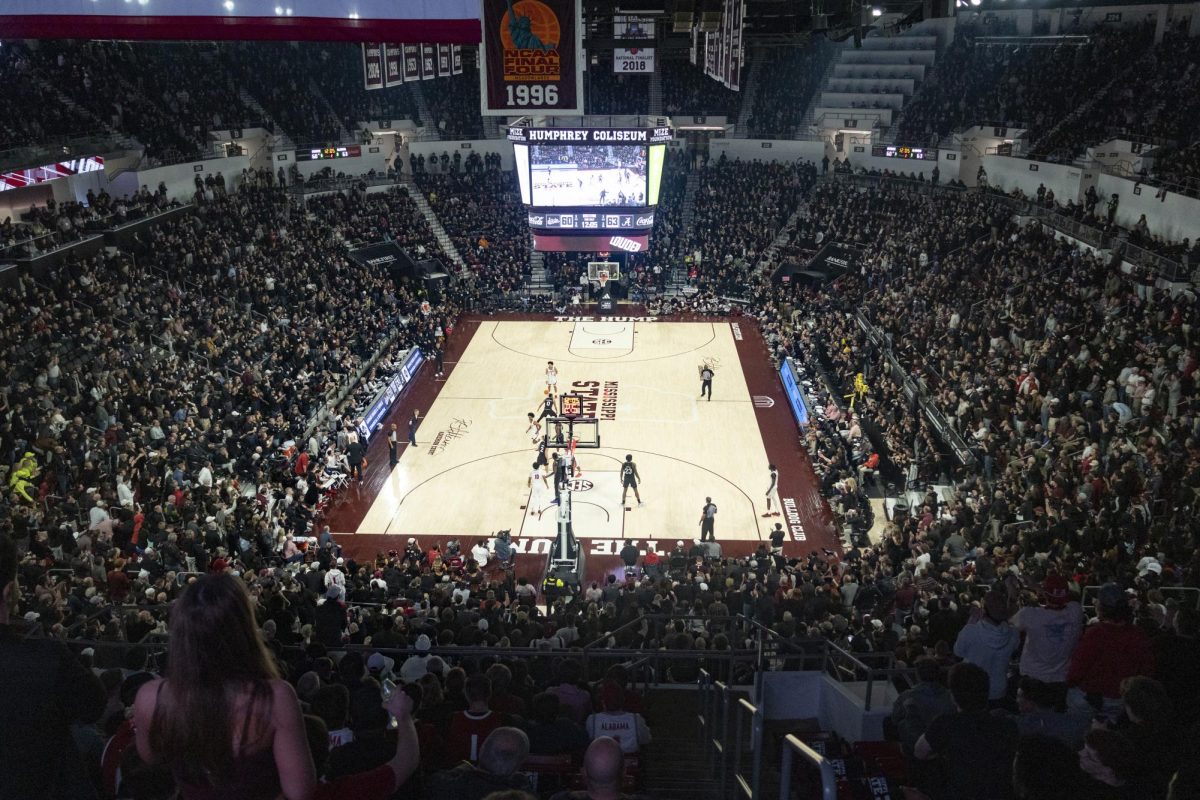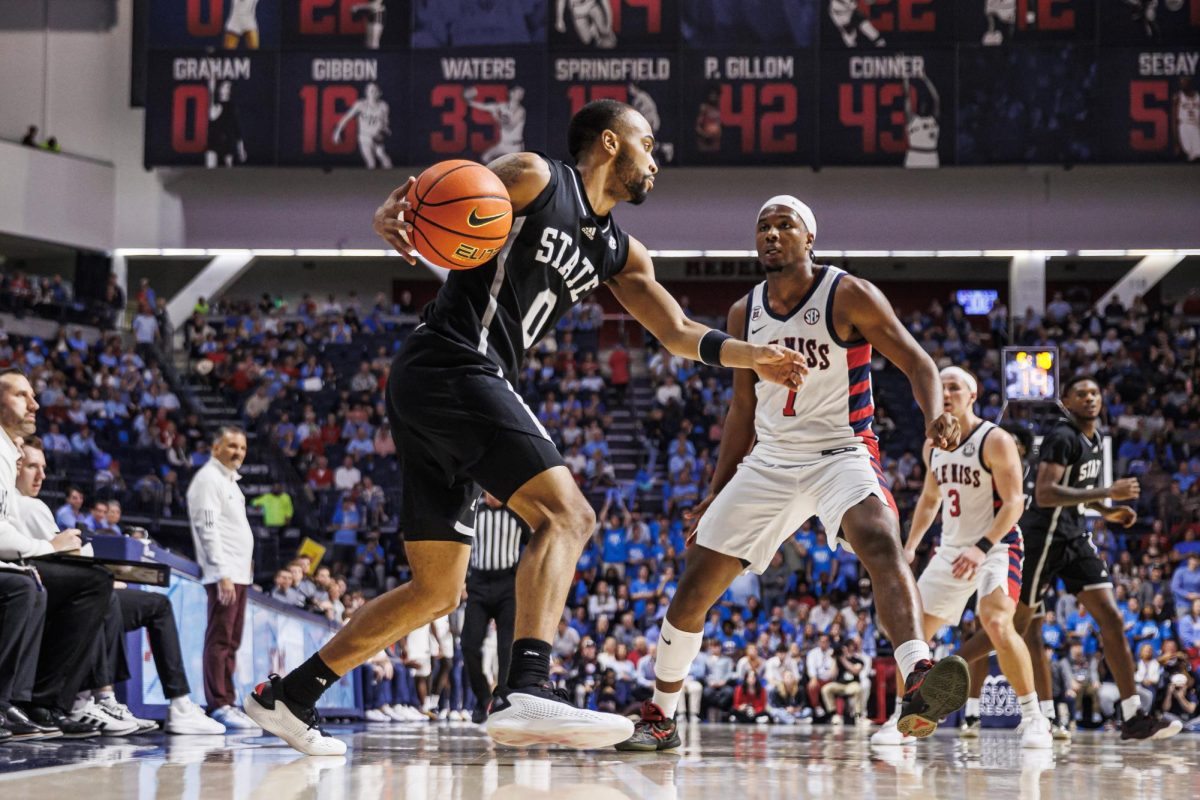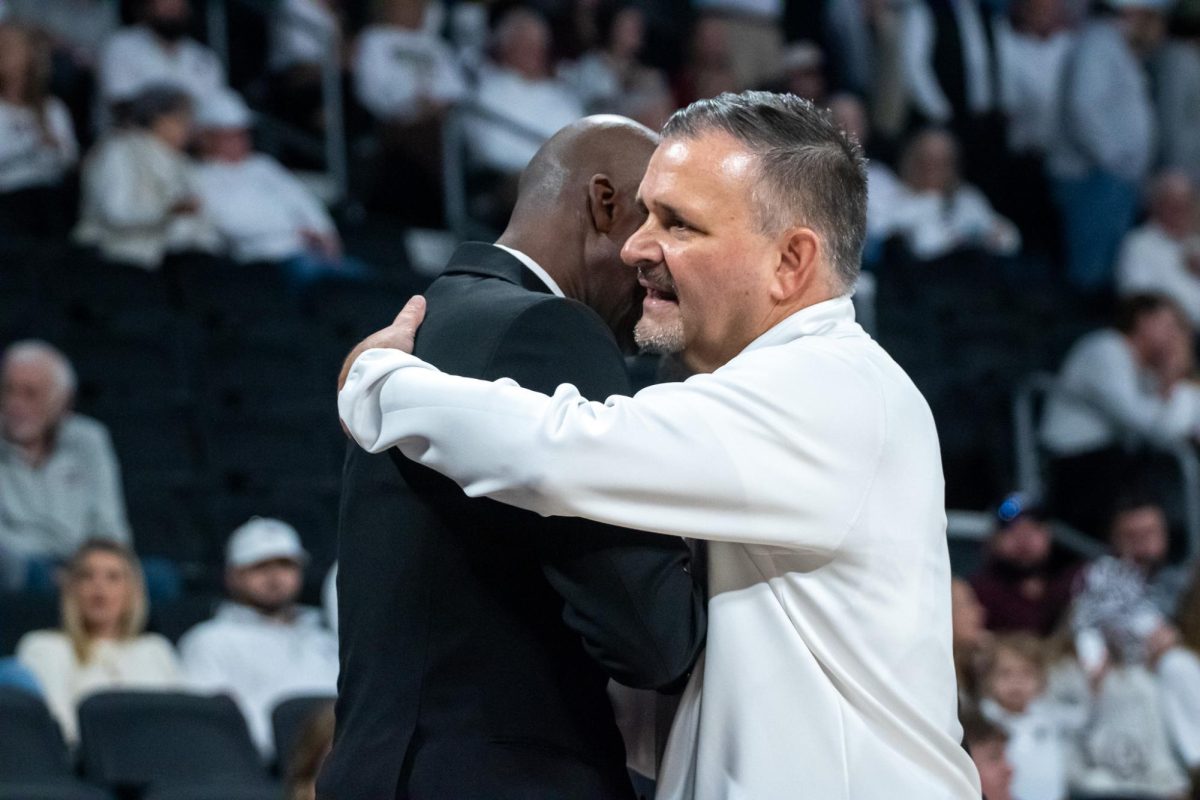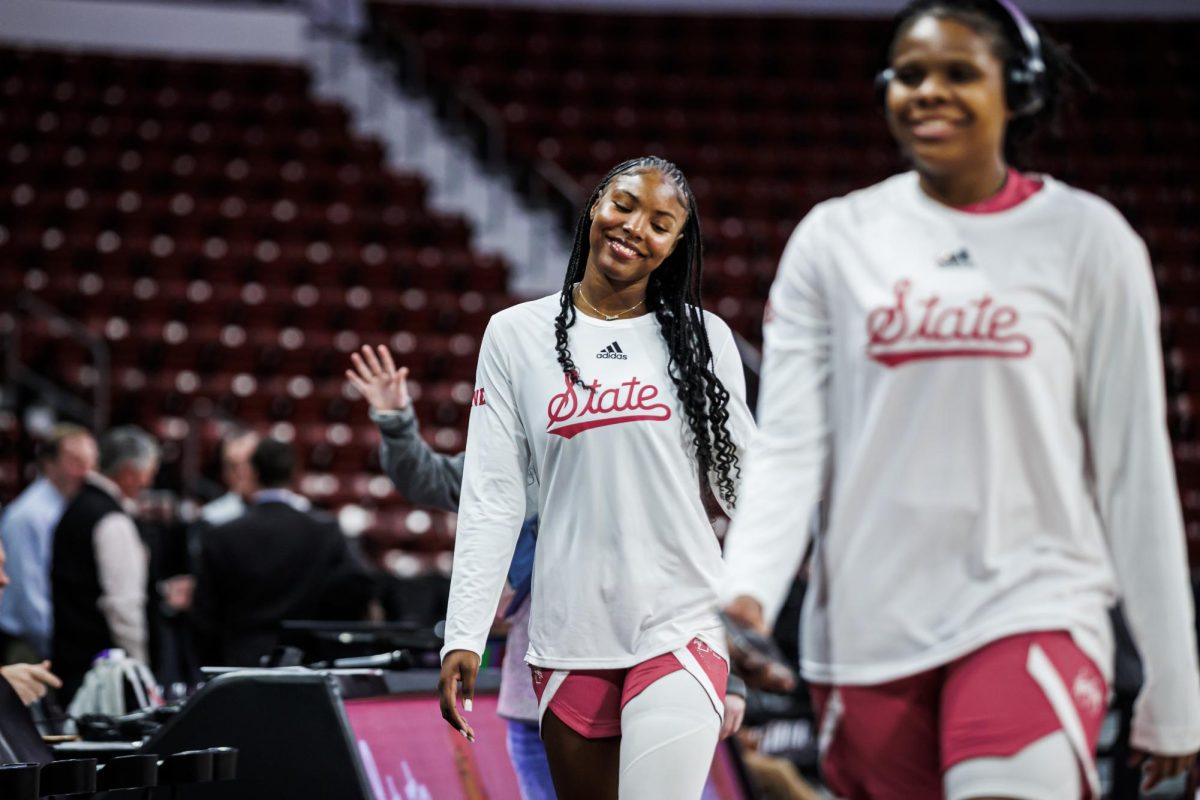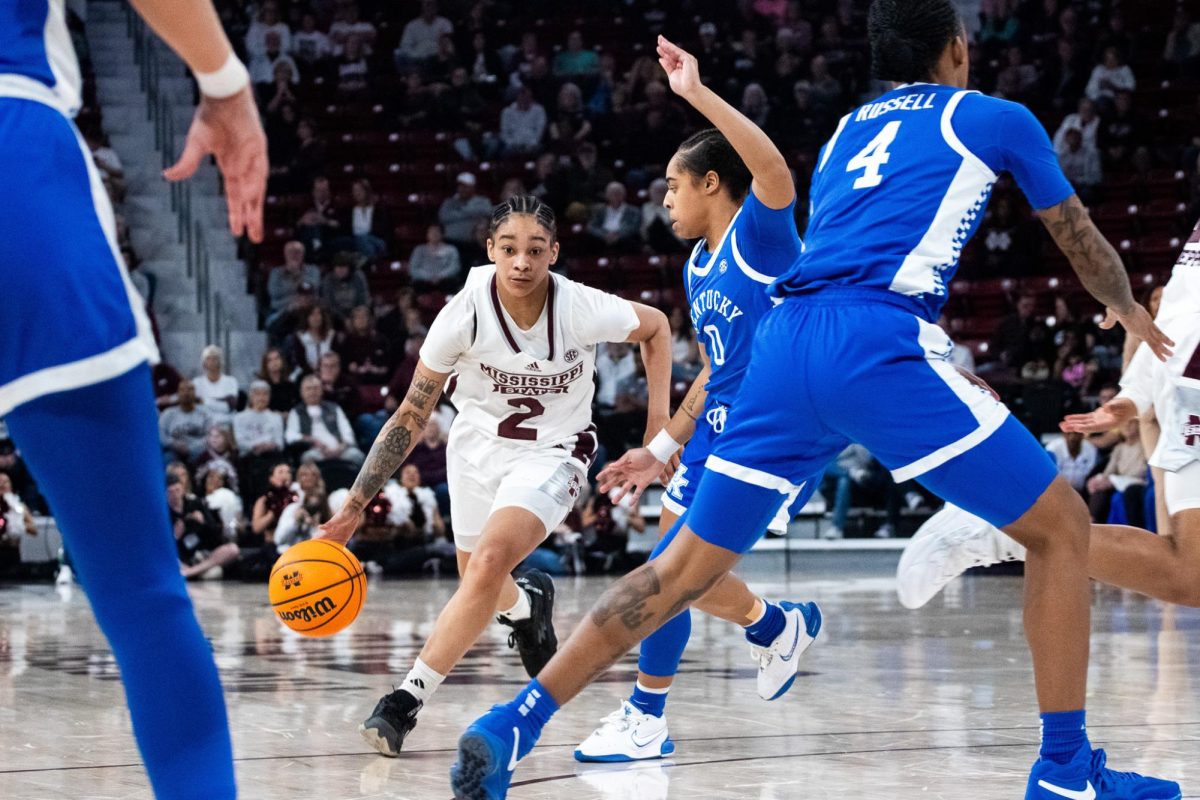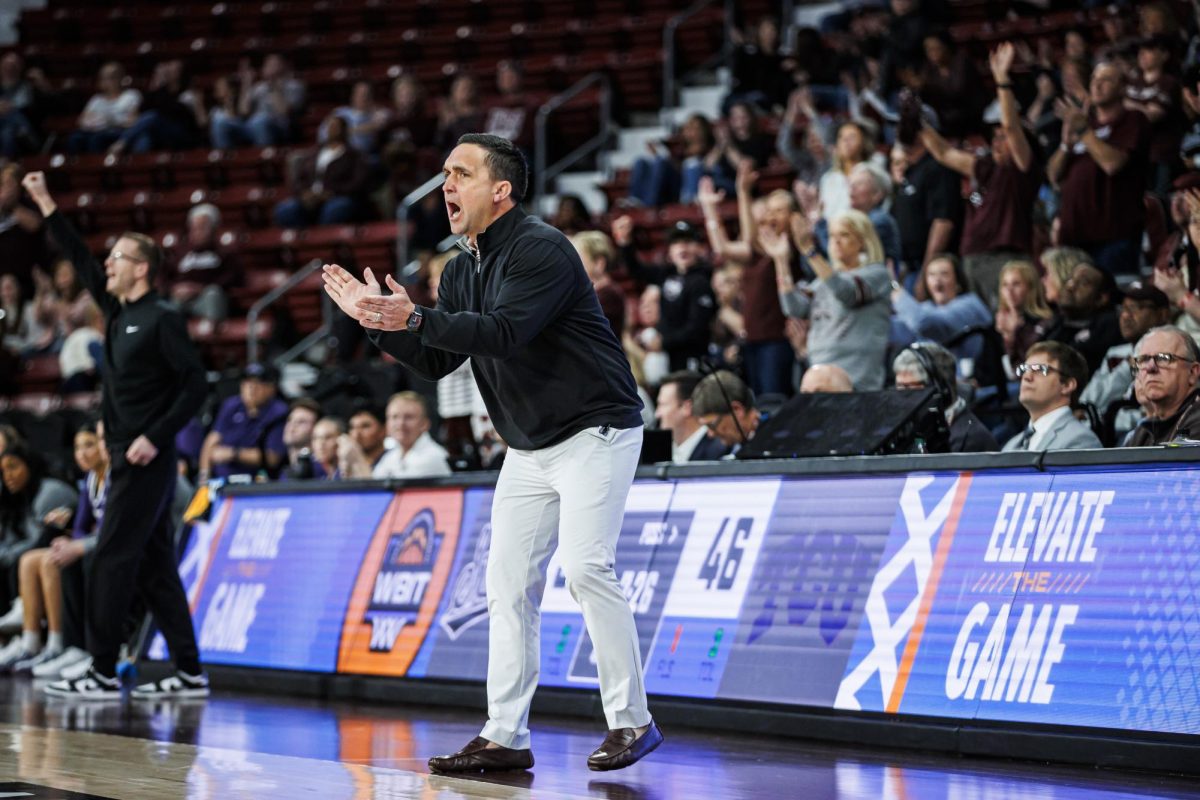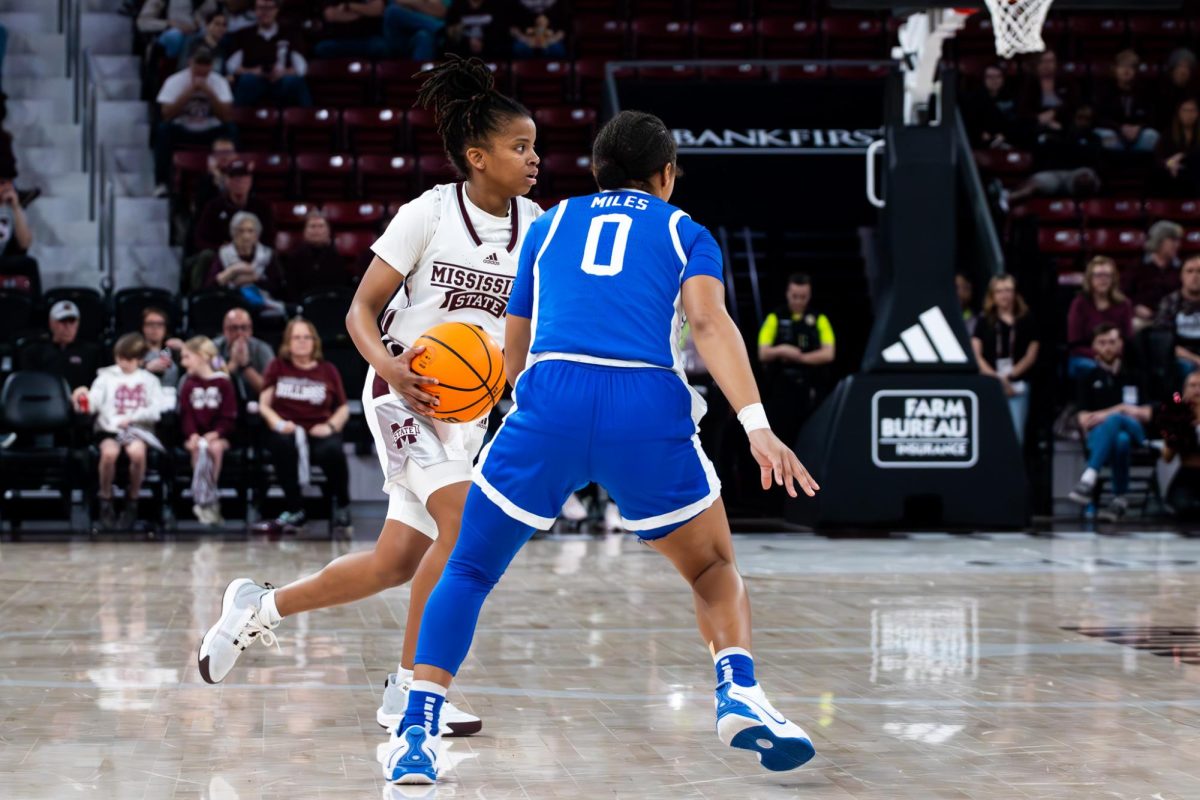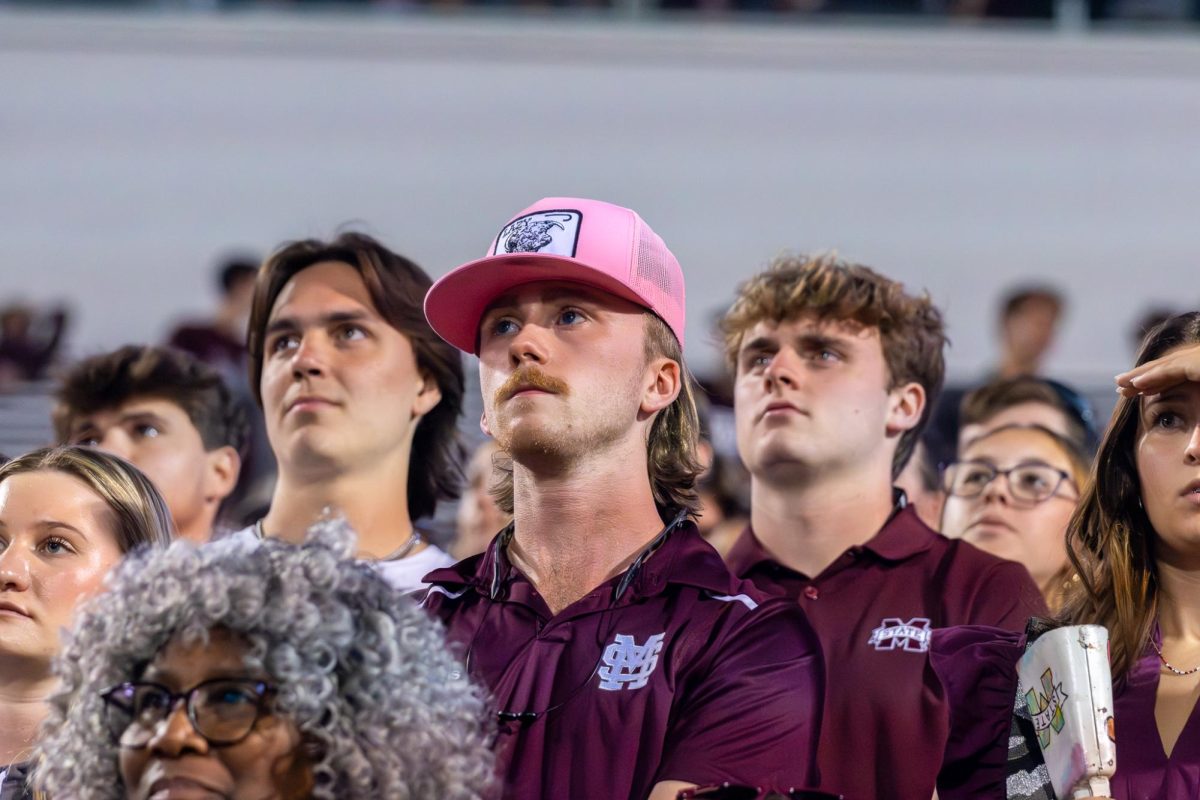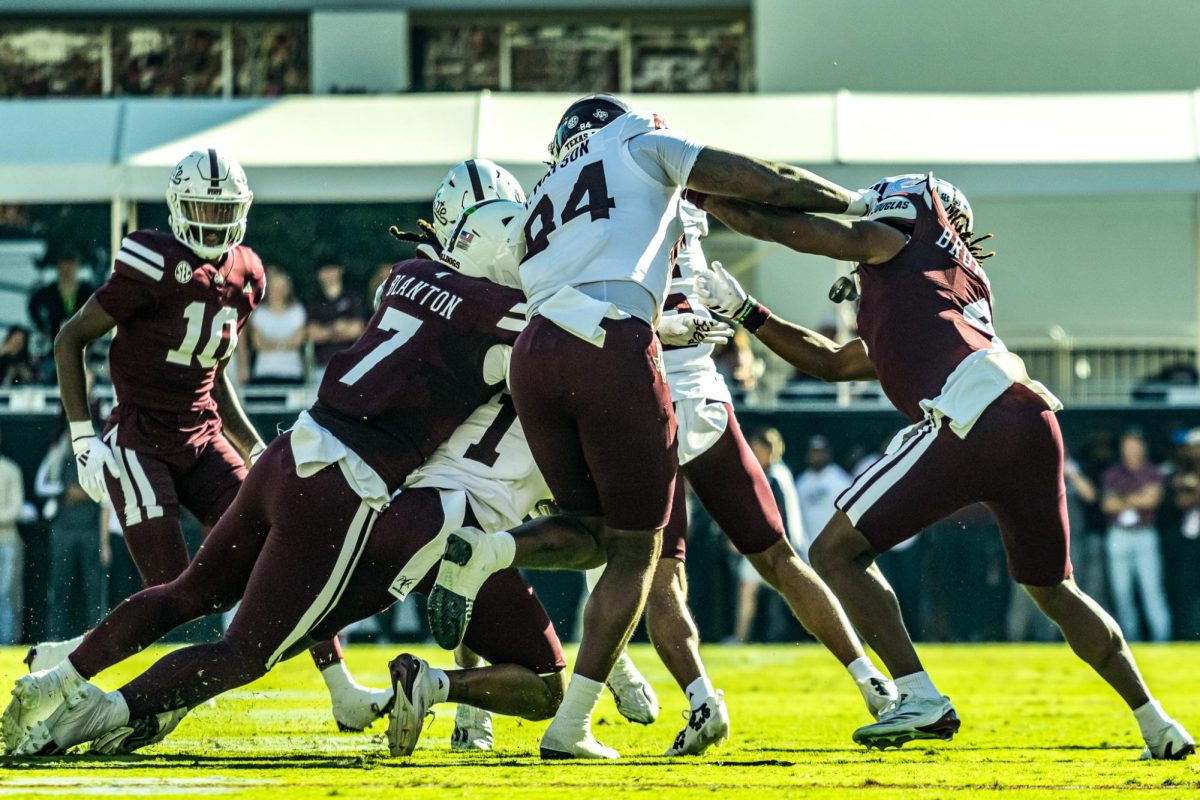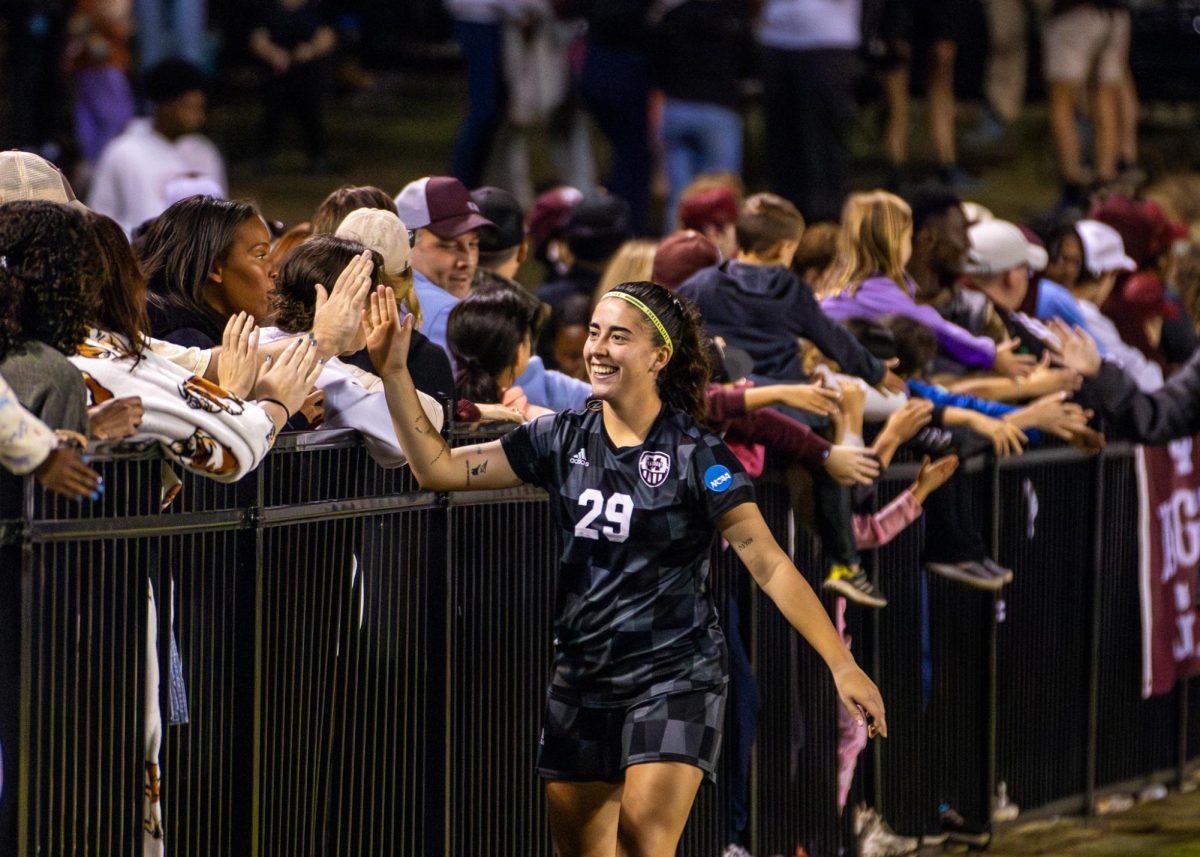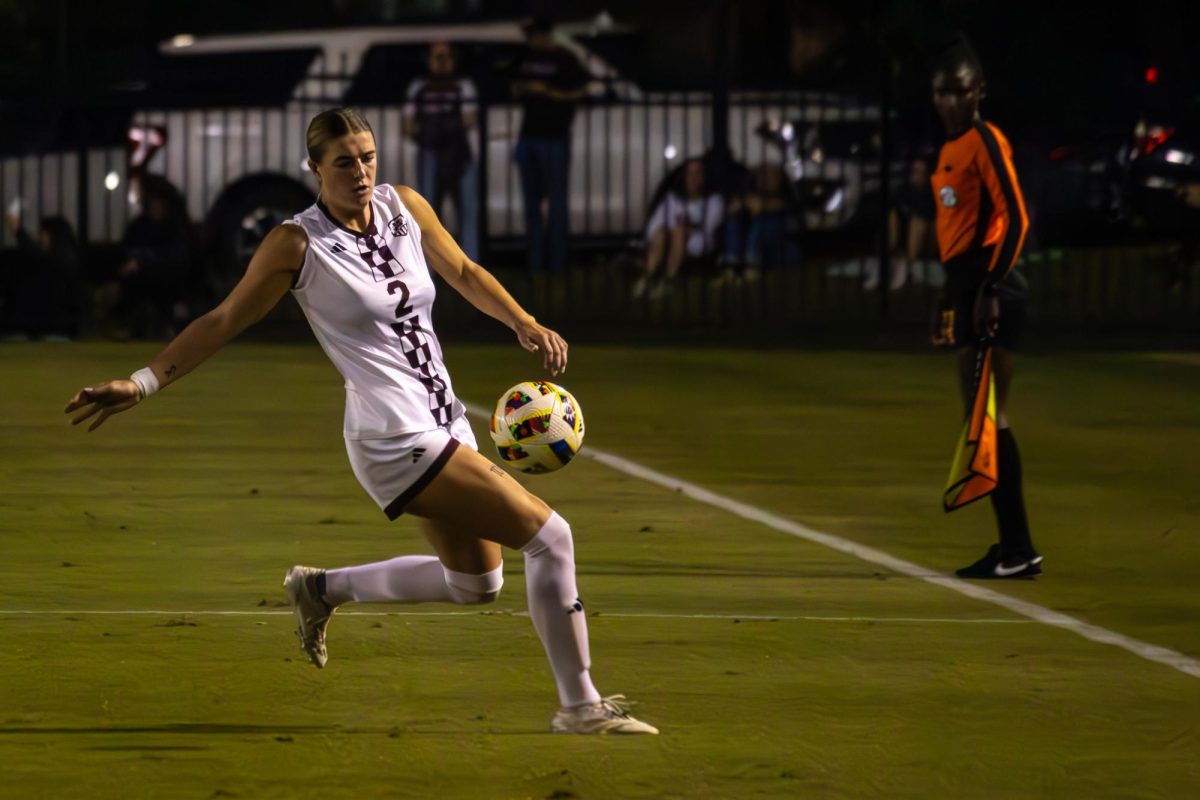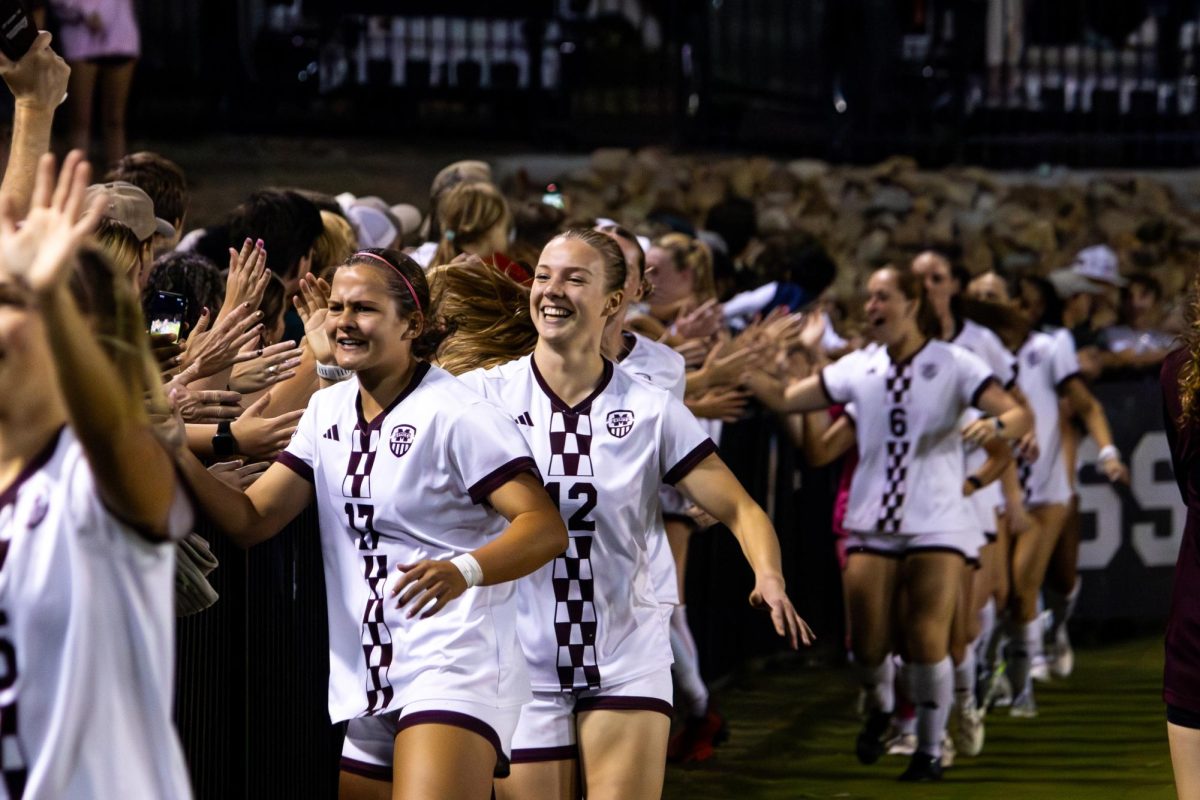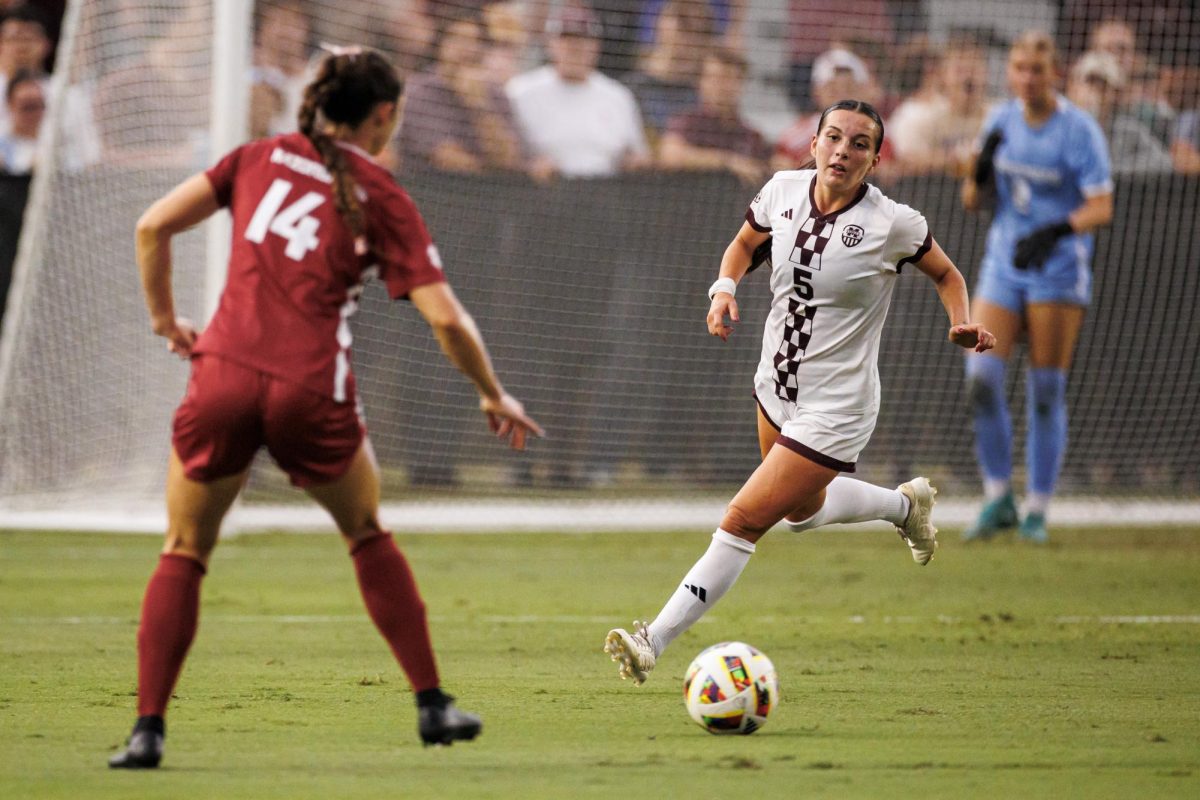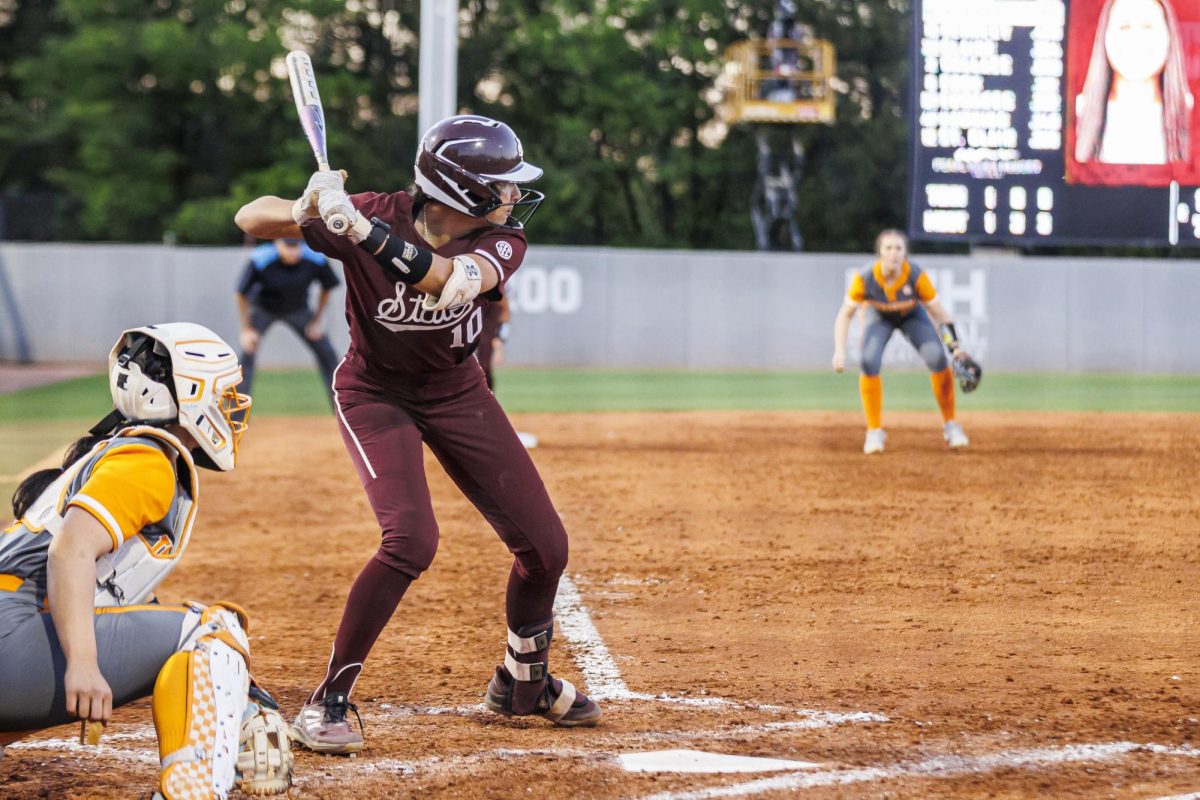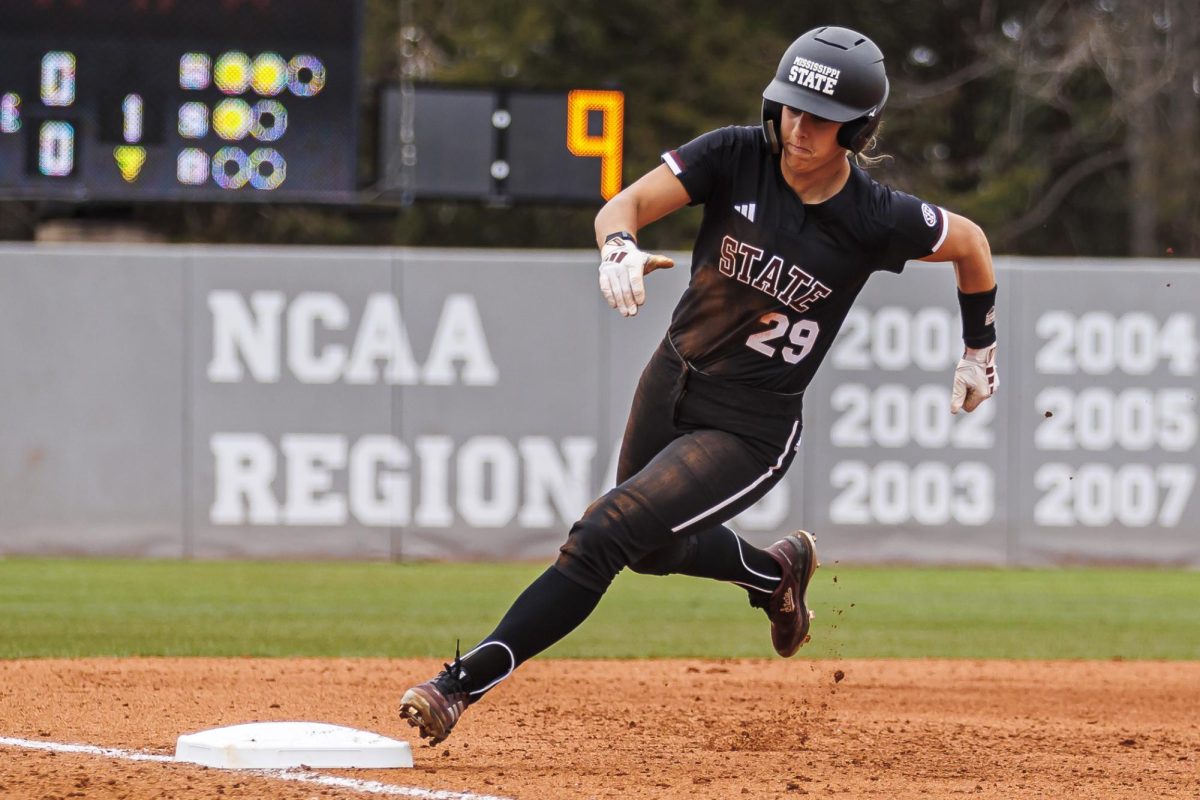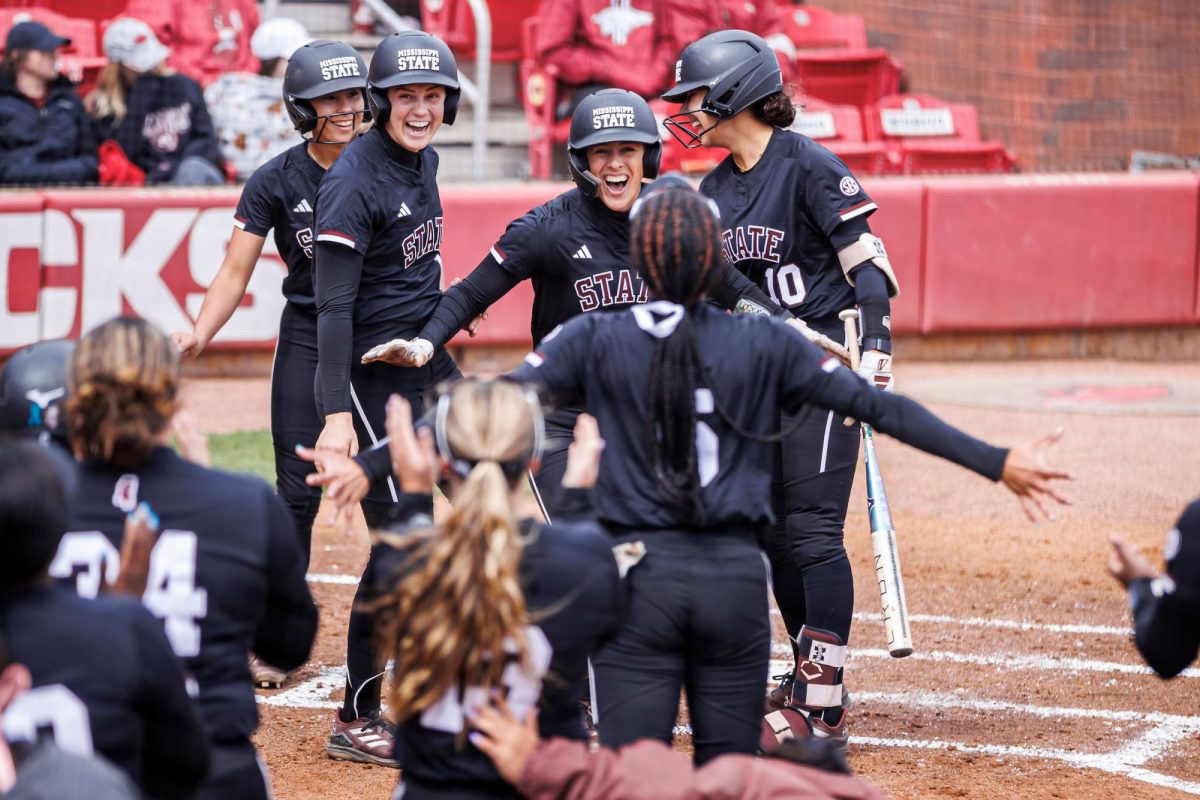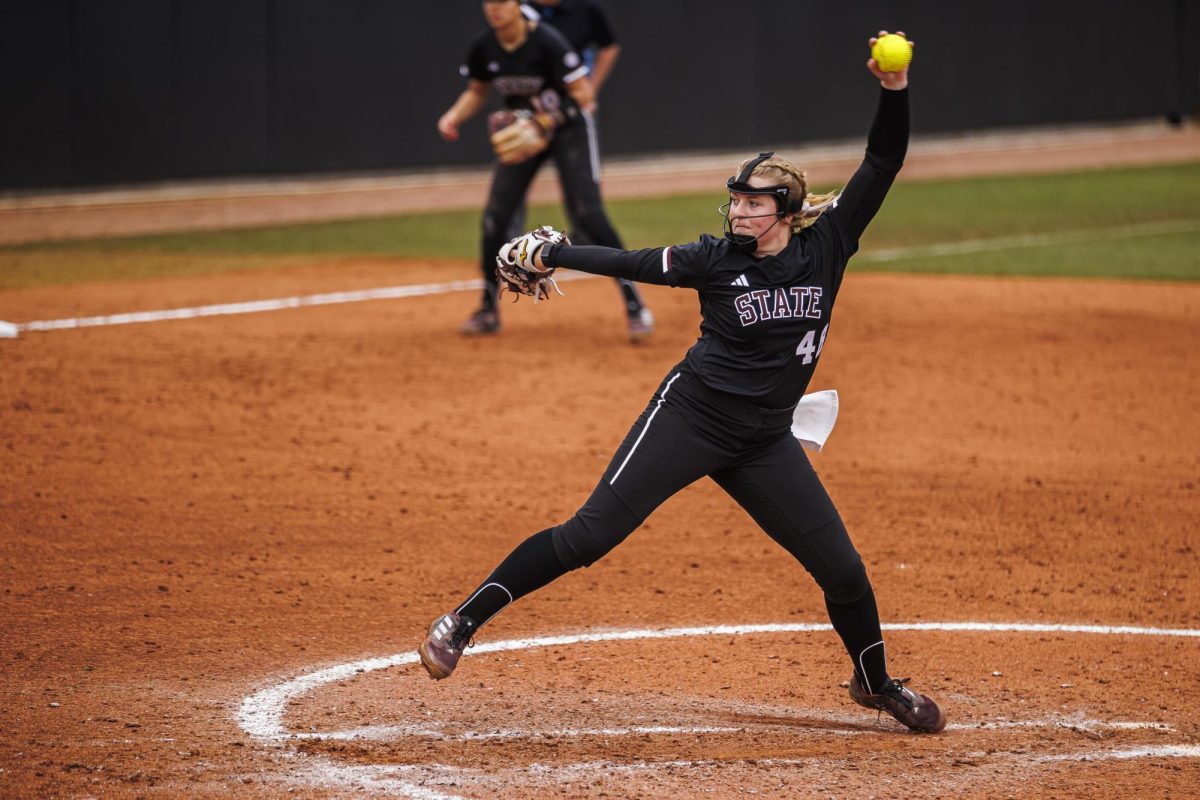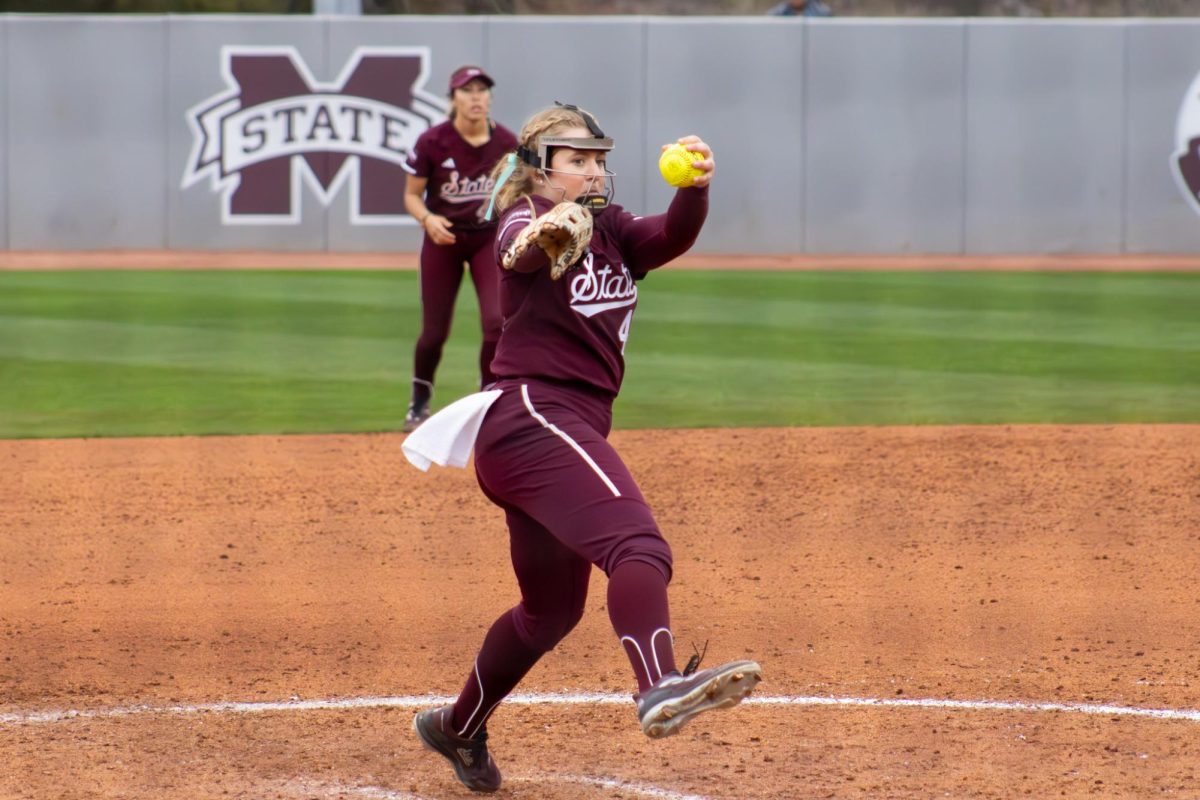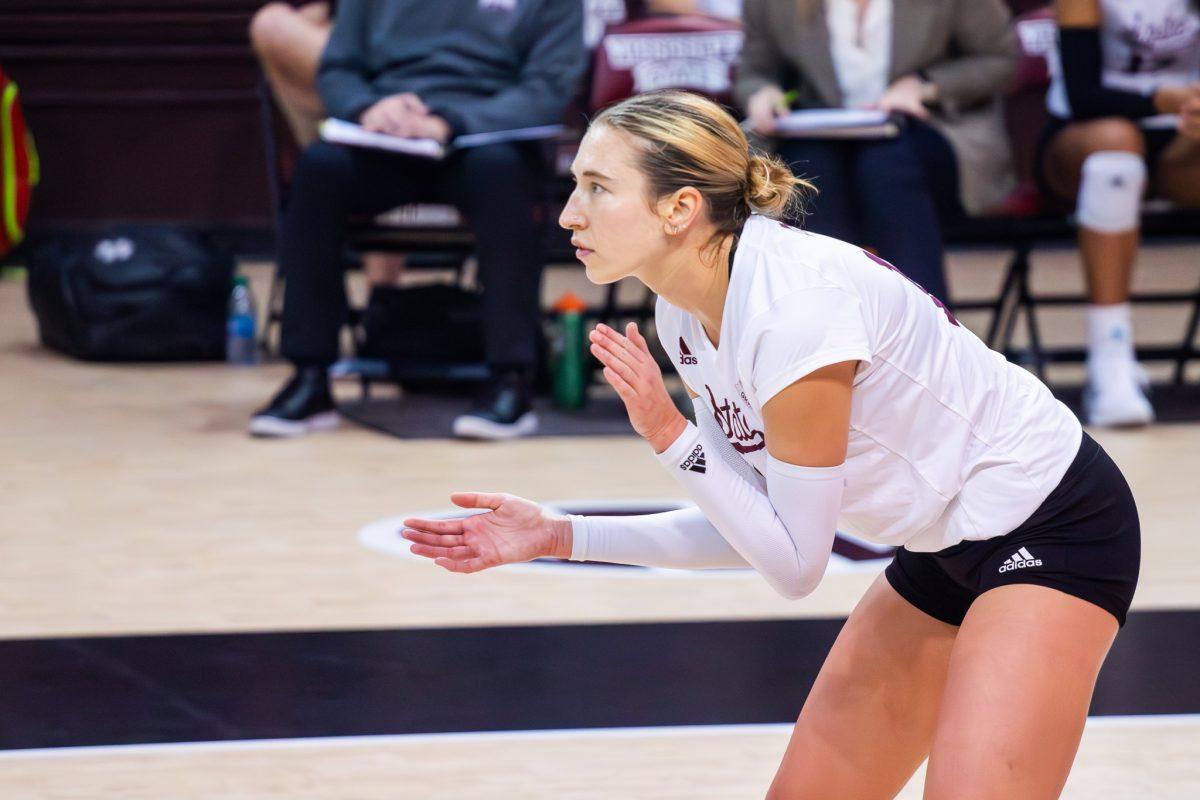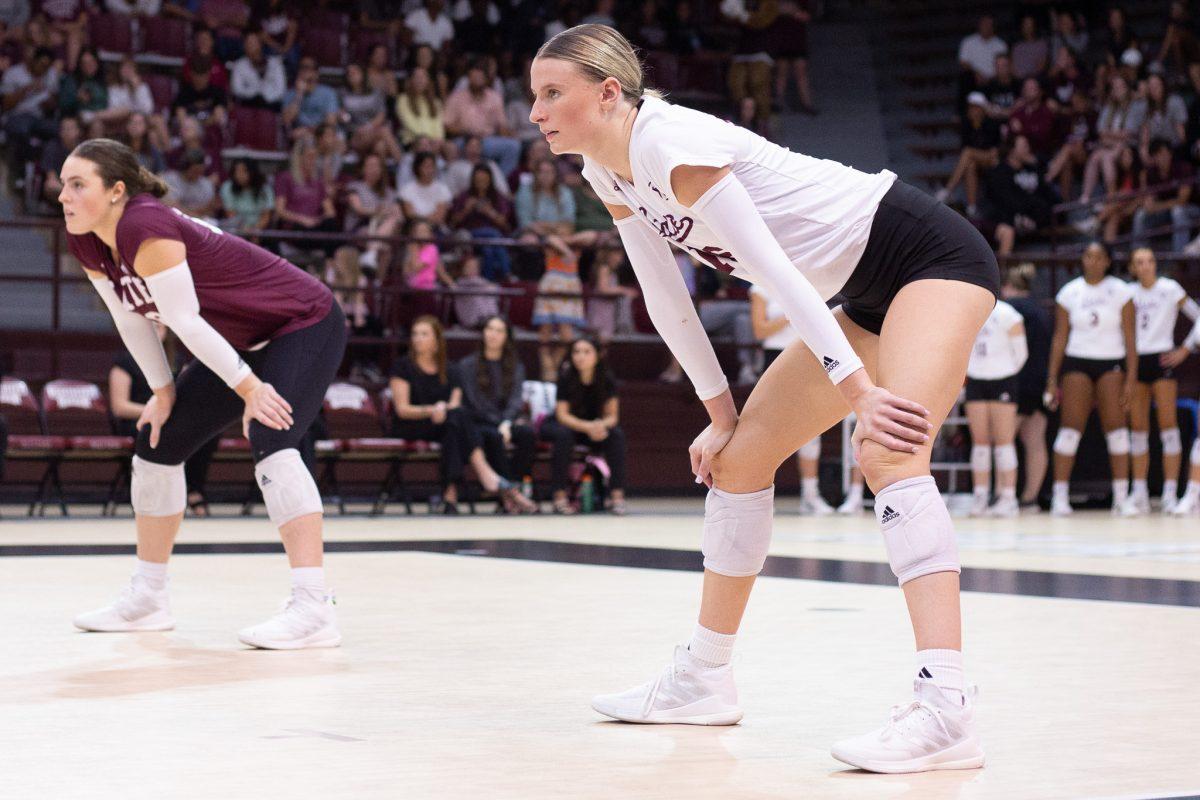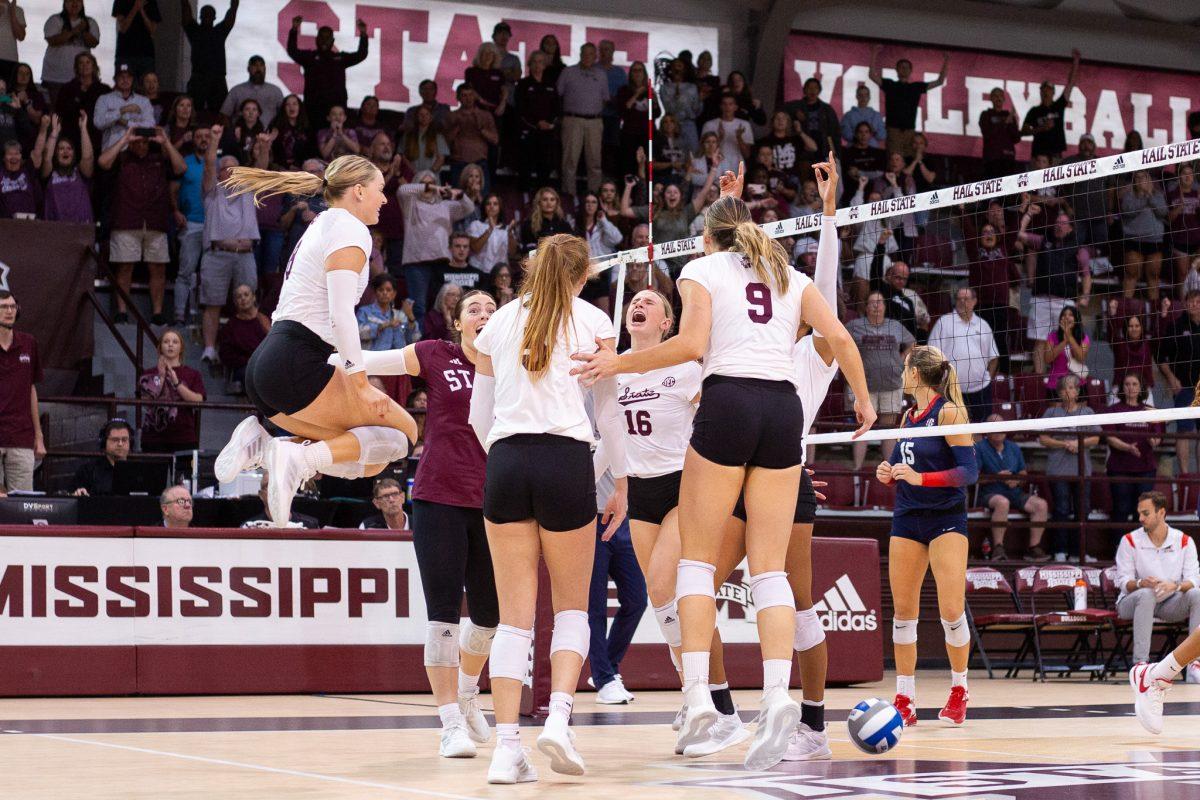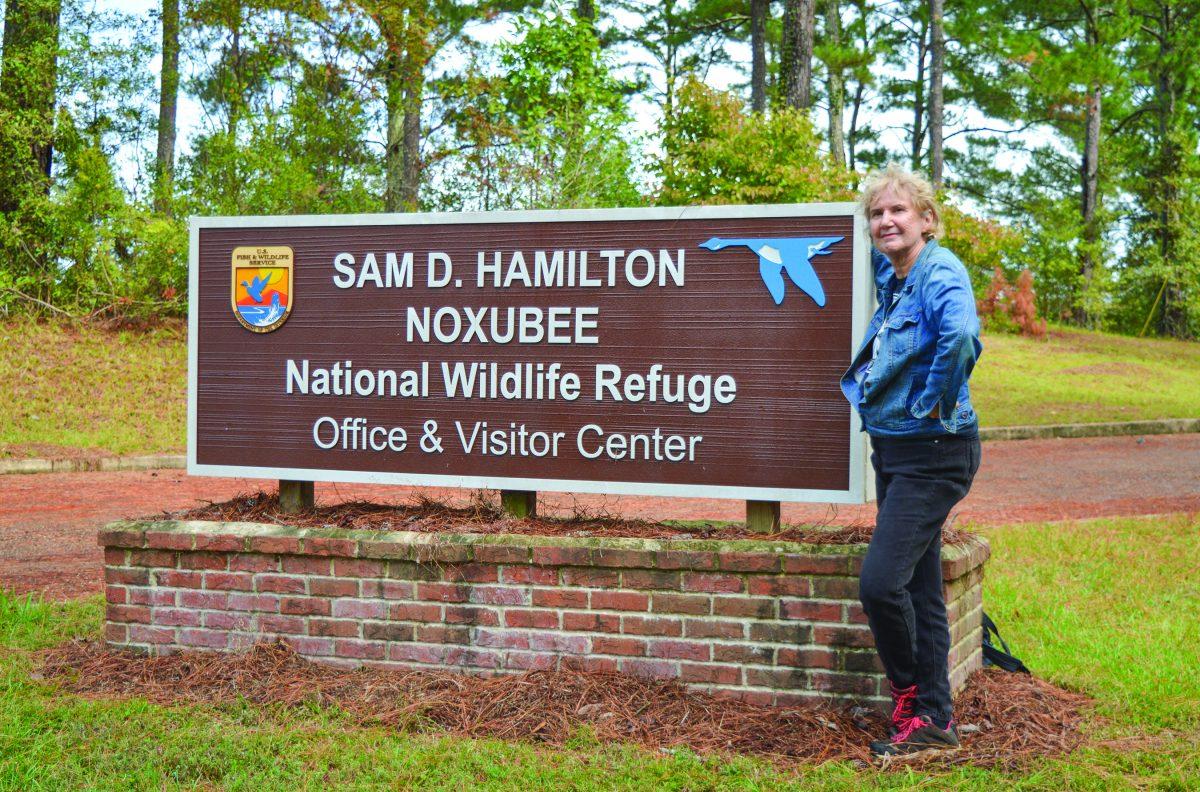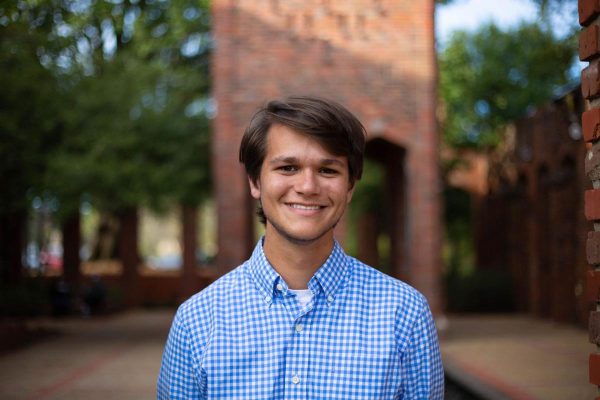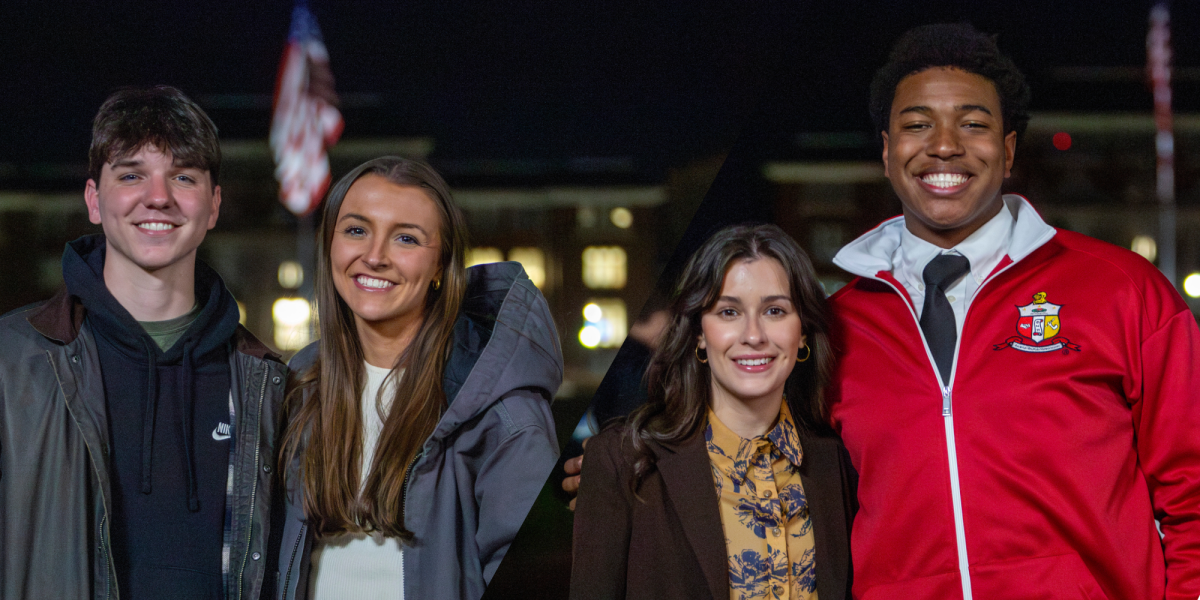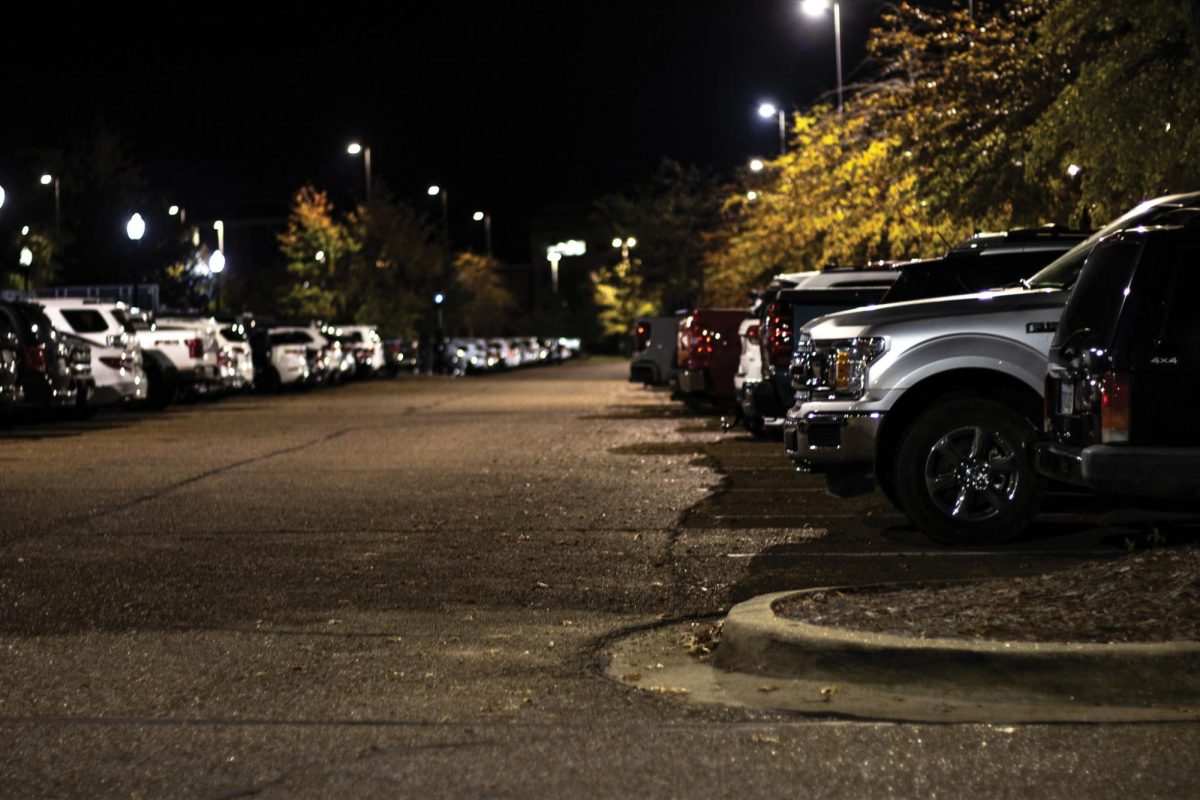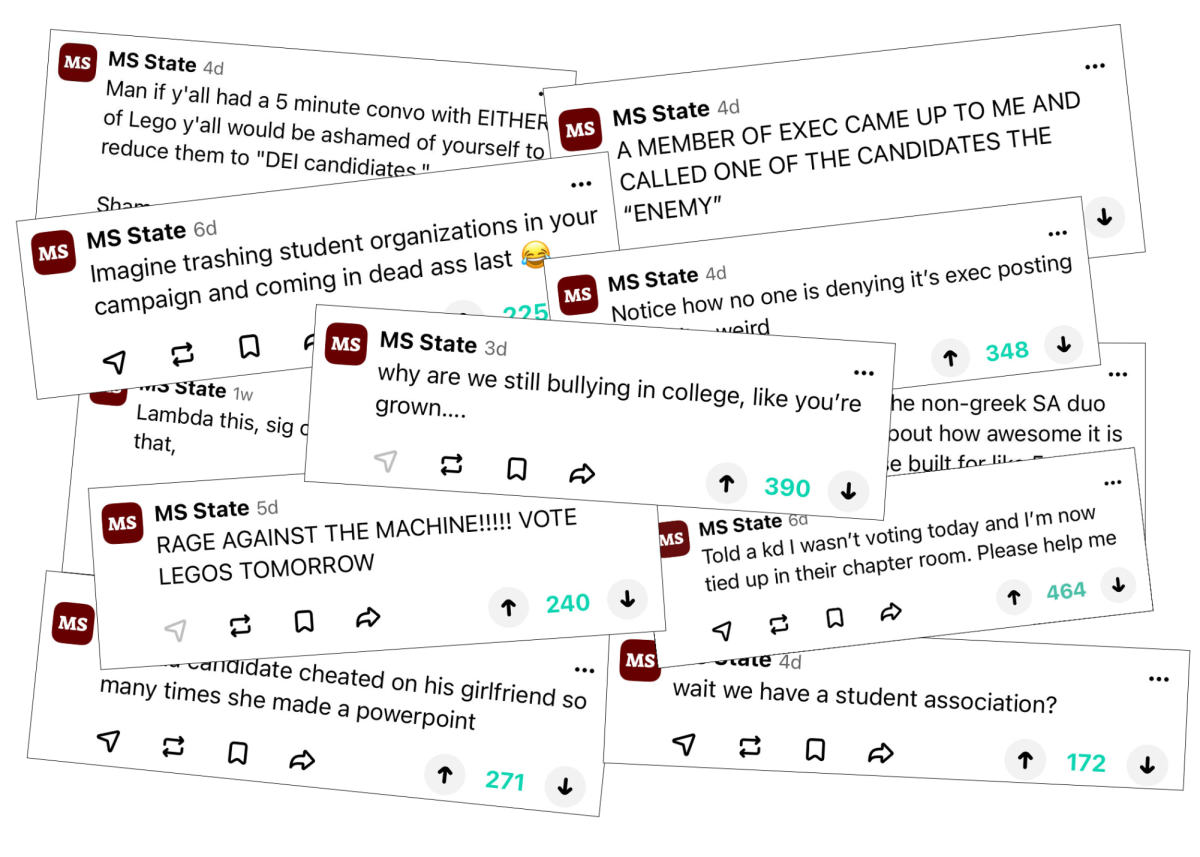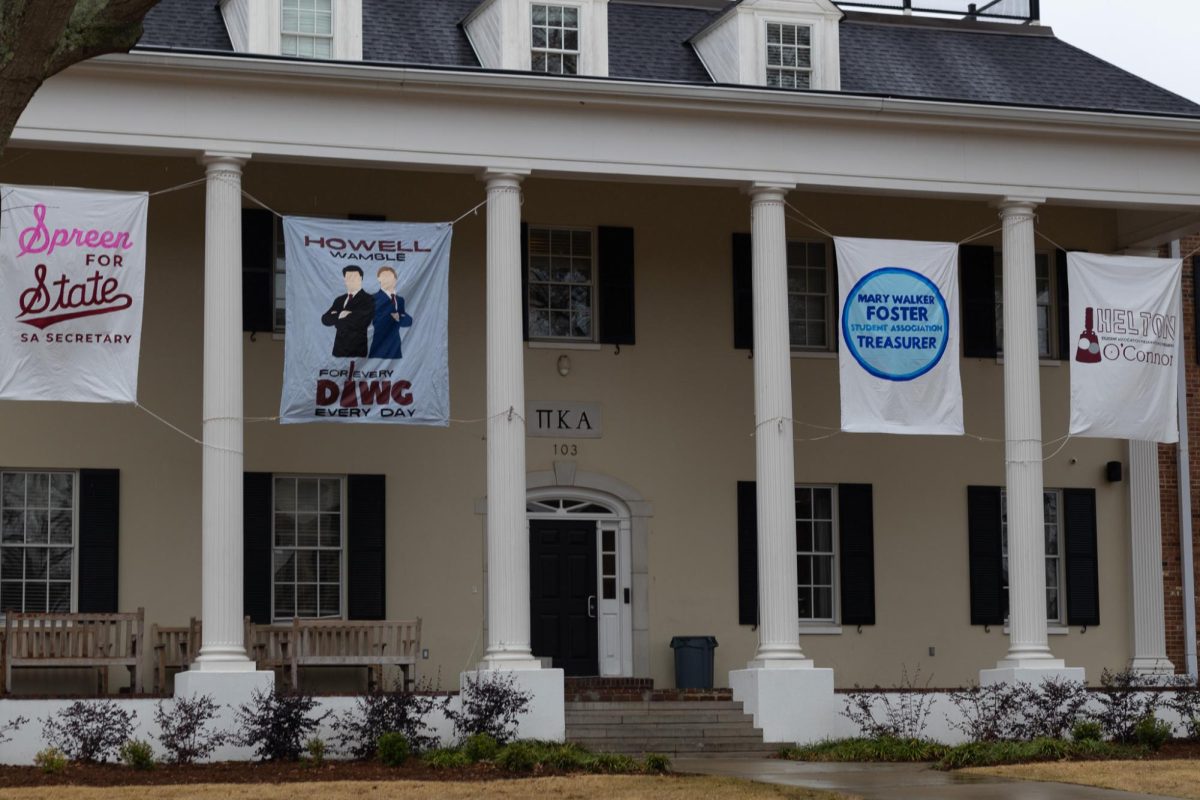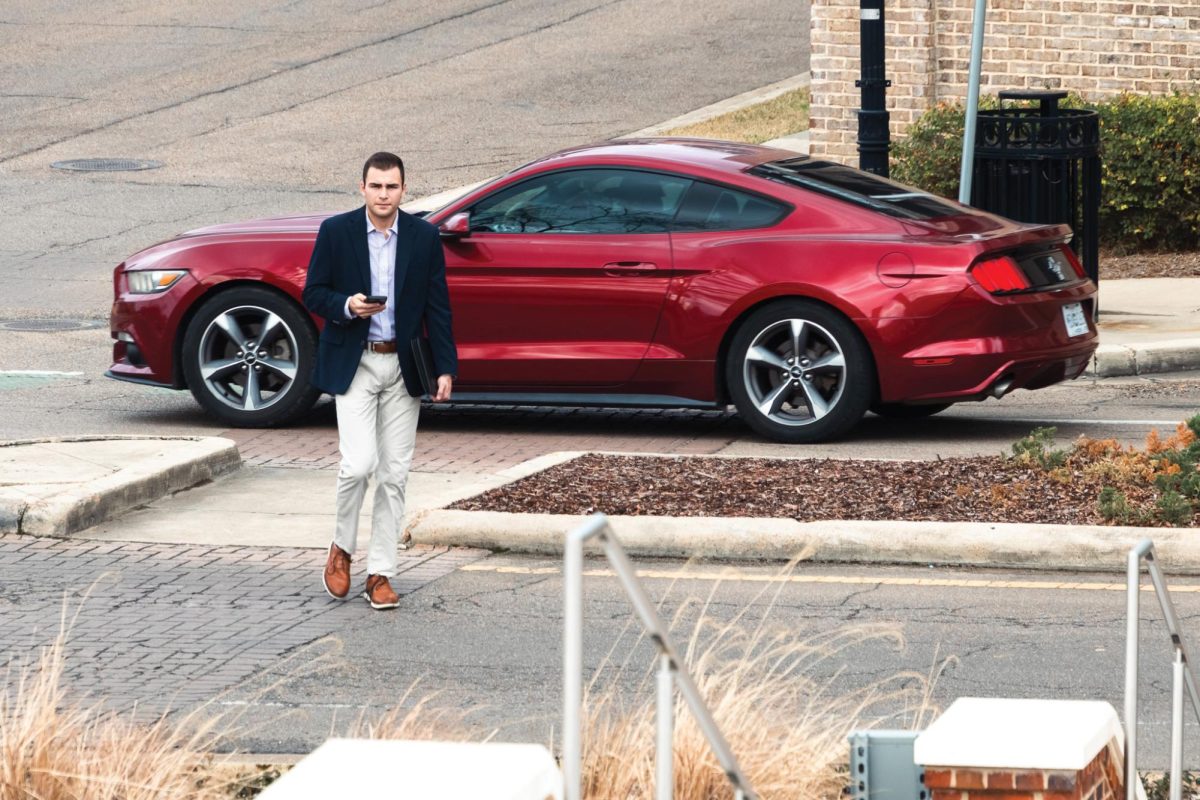In addition to waterfowl and alligators found on the Sam D. Hamilton Noxubee National Wildlife Refuge, artists in Mississippi State Univeristy’s artist-in-residence program can also be found among the native cypress trees this fall.
Instituted collaboratively by MSU’s Department of Art, the Starkville Area Arts Council, the Refuge and the Friends of Noxubee Refuge, MSU’s artist-in-residence program allows artists to create pieces based on their surroundings. Since the beginning of the program, a total of 26 artists have participated, coming from all over the country and beyond.
The Noxubee Wildlife Refuge is a 48,000-acre-area set aside for many native species, along with some endangered species such as the Red-cockaded Woodpecker. The Refuge spans across parts of Oktibbeha, Noxubee and Winston county. Since 2013, the Refuge has served as a home for the artist-in-residence program.
According to Lori Neuenfeldt, a professor in the Department of Art at MSU, the residency is vital in spreading awareness of the history behind the Refuge as well as the importance of conservation.
“Our residency focuses on having artists use their work to tell the story of the Refuge,” Neuenfeldt said. “The history of our Refuge traces all the way back to the Choctaw people who lived on this land before it was settled. It’s a really interesting history, and we’ve had artists that explore this. Most of them do look to wildlife as inspiration, so it can also draw awareness to conservation.”
Neuenfeldt also said the residency gives those not familiar with Mississippi a chance to become a part of the region’s story.
“Another great thing it does is attract artists from outside our region. It helps tell the story of Mississippi. There are a lot of stereotypes and unknowns about us. Now, the artists become advocates for us, as they have lived in the communities, know the wildlife and they can share that story,” Neuenfeldt said.
The residency is open to artists of any skill level. Artists who apply for the program live onsite and complete a two-to-four-week residency in either the spring, summer or fall. A year after the completion of the residency, the artists are expected to submit work that reflects their time in the Refuge.
One of the current resident artists is MSU fine arts graduate, Diane Baker. She currently works with graphic design and as an art instructor in Lafayette, Louisiana. Baker said the program allows her to educate the public about the beauty of the Refuge.
“Artists see nature from a different point of view,” Baker said. “Scientists are always measuring things but not necessarily seeing the aesthetic side. Artists can see things in different ways, and it’s important for people to see things in different ways. It also brings it out to the public. I think it gets people interested in nature and coming into nature. Me telling them about it, communicating it, they want to come out and see it.”
According to Joseph Mulrooney, longtime member of the Friends of Noxubee Refuge volunteer organization, the program is designed to allow the artist to become fully immersed in the nature of the Refuge.
“We want the artists to come and experience the Refuge and be inspired,” Mulrooney said. “The artists have the opportunity to do things with the Refuge staff, like handling the Red-cockaded Woodpecker or things like that, but basically they are on their own, in order to give them time to explore the Refuge and be inspired and show that in their art.”

